Linux Patching
Tanium Patch for Linux: reuse existing repos and choose Repository Scan or TSL
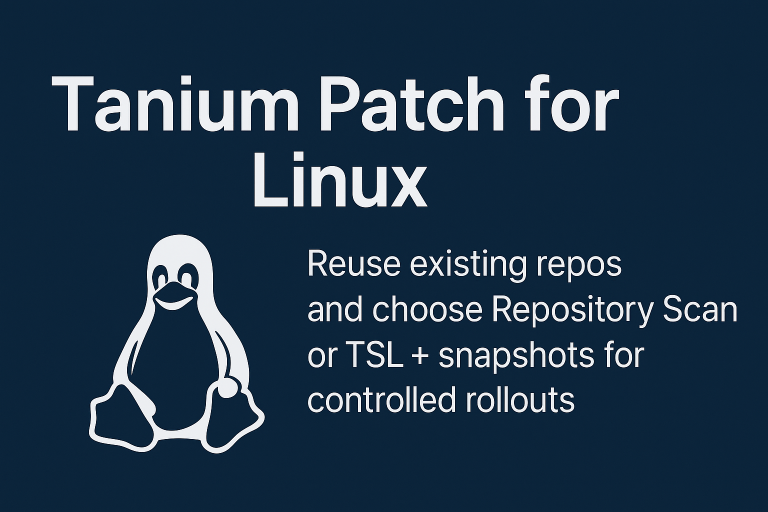
Tanium Patch for Linux: reuse existing repos and choose Repository Scan or TSL
There is no excerpt because this is a protected post.
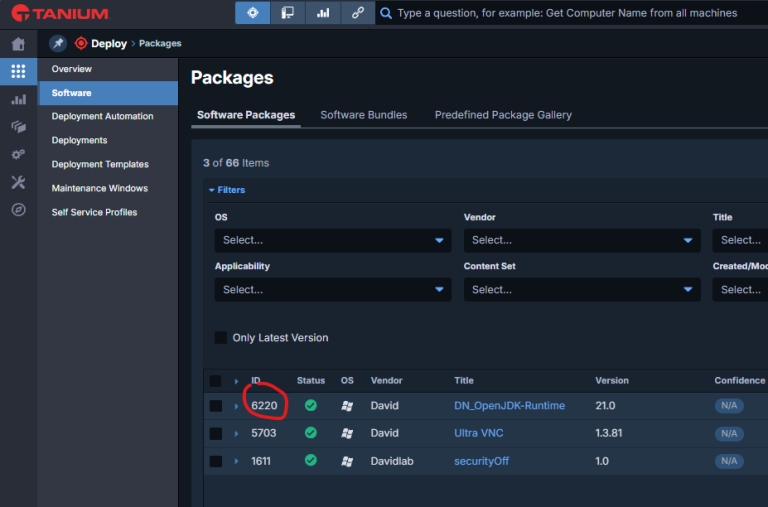
Quick troubleshooting guide for Tanium deployment issues:
check deployment status, package eligibility, custom tags, action locks, maintenance windows, and tool versions.
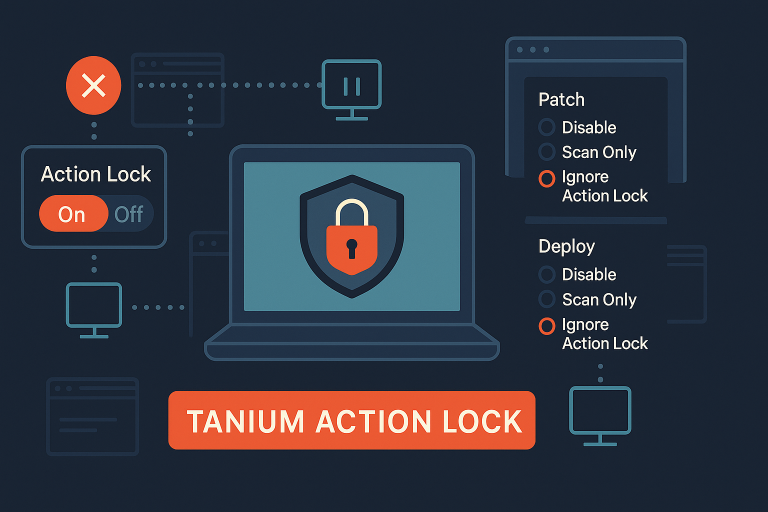
Ation Lock configuration with Tanium

Issue for non-admin users accessing the EPM desktop console
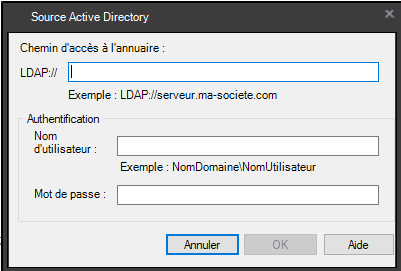
Source Active Directory : LDAP or LDAPS ?

Example of a ring-based patch deployment strategy using the software
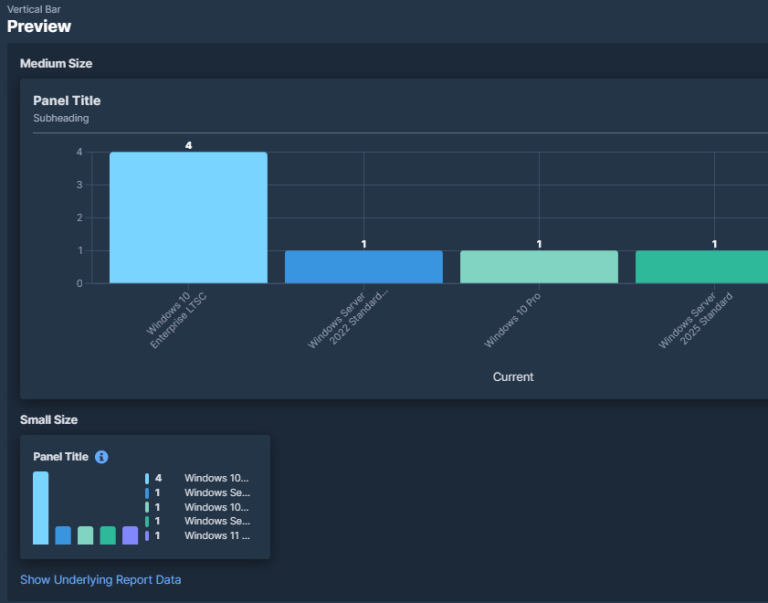
Create the data set Visualize the data Build the dashboard Operational tips Patch List Compliance Sensor
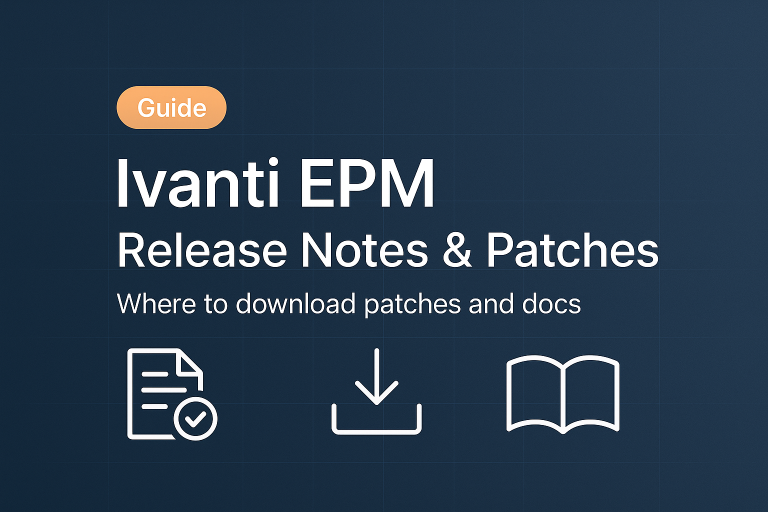
link to download patch and release

Get help resolving patch deployment errors: check .NET Framework update classifications, scan status and age in Tanium Patch, and fix issues by reinstalling Patch tools or resetting the Windows Update Agent. Use the correct commands (DISM, wusa) for installing Windows updates.
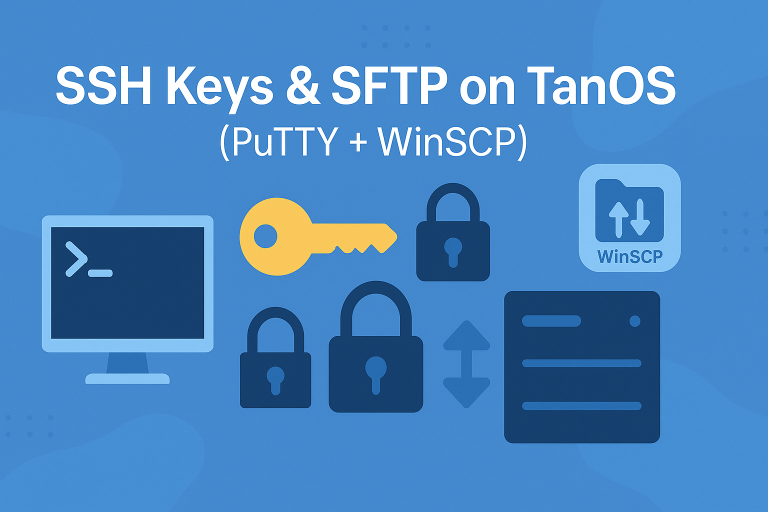
how to generate SSH keys with PuTTYgen, connect to a TanOS appliance over SSH
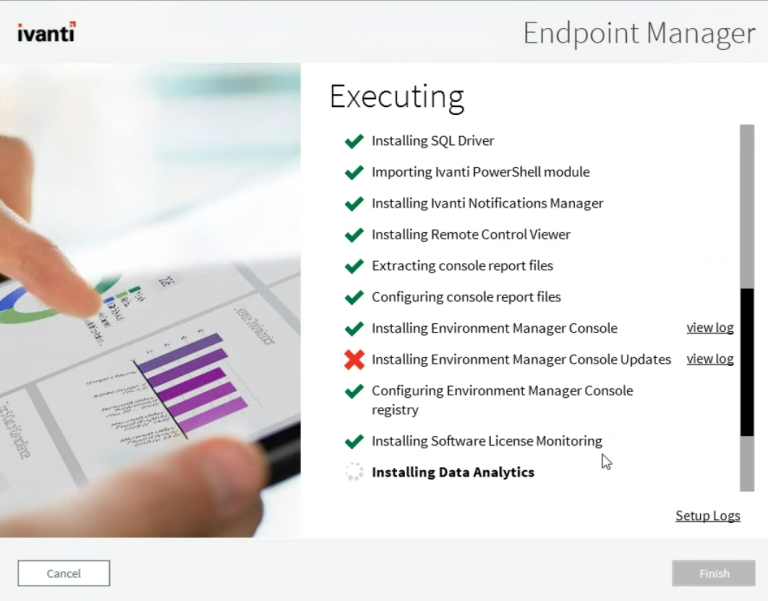
If the IVANTI Remote Console setup fails, you can bypass the failure
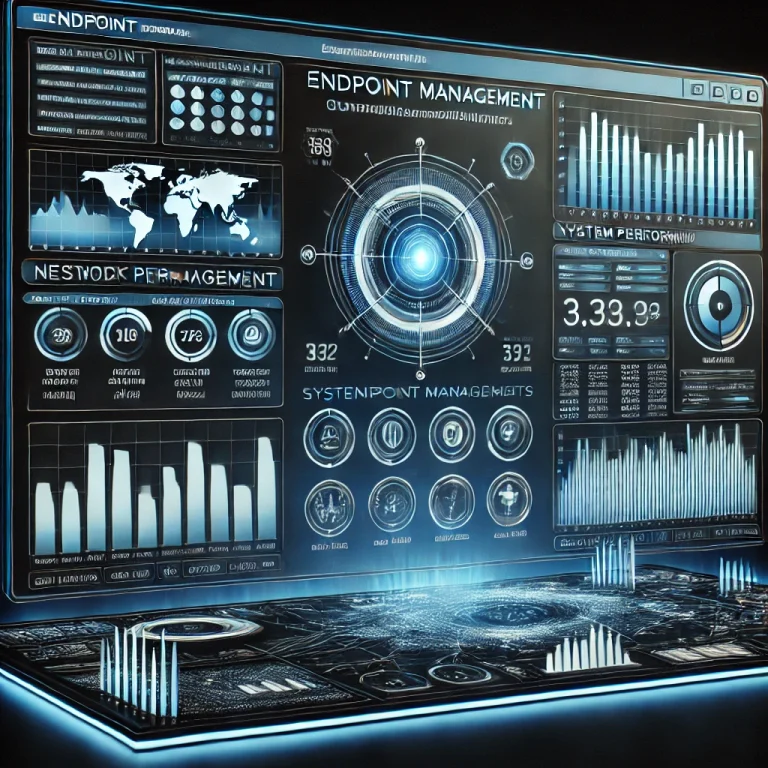
Discover essential Tanium Interact queries to efficiently analyze, monitor, and manage endpoints

Discover key resources for training and certifications, including Tanium training links, maps, and embedded videos to guide you effectively
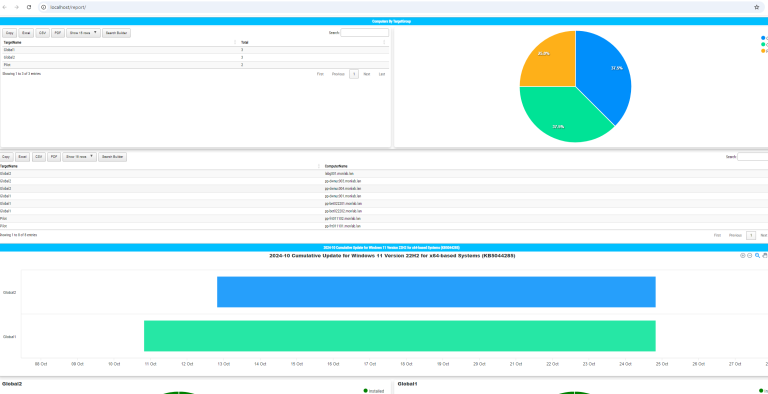
Scripted WSUS reporting: create an HTML dashboard, automate refresh, and publish with IIS.
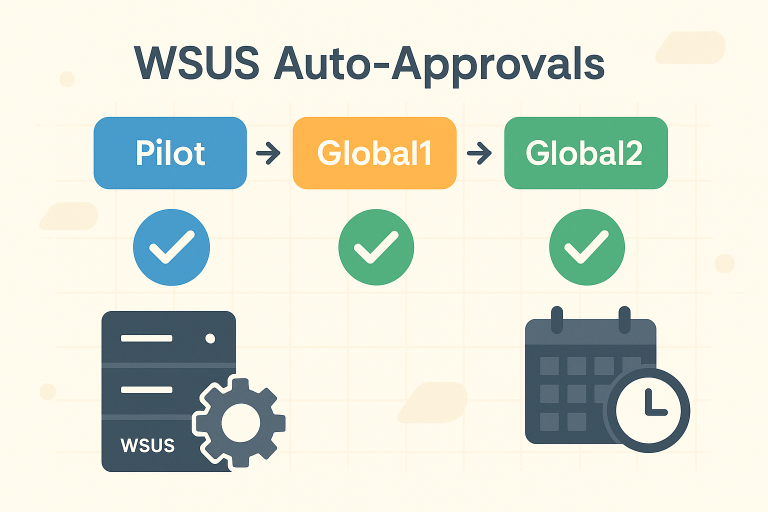
Automate WSUS patch approvals: assign updates to Pilot, then promote to Global groups with scripts and Scheduled Tasks.
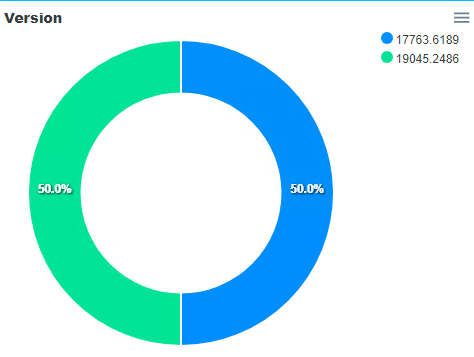
Script to connect to Ivanti databases and generate HTML reports automatically.
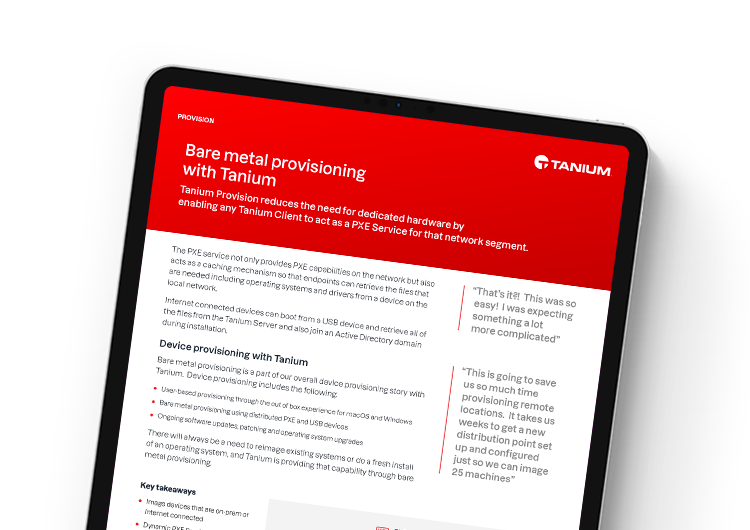
Create a provisioning with tanium. Use a web service to get computername
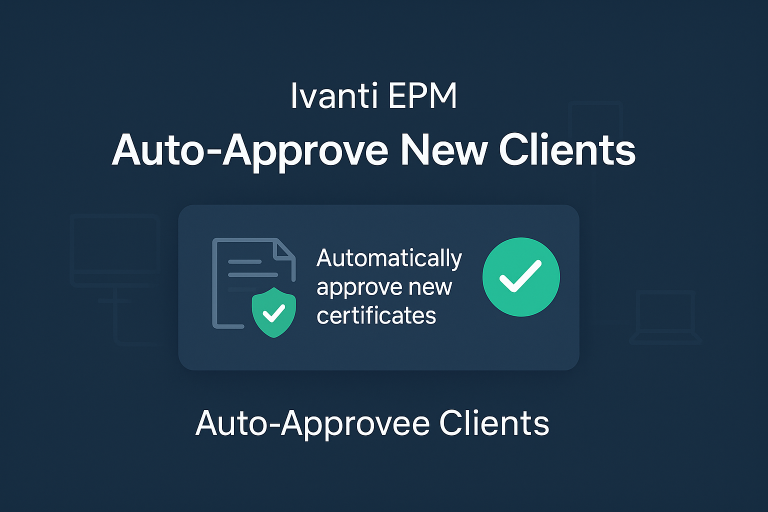
Automatically approved new client on EPM
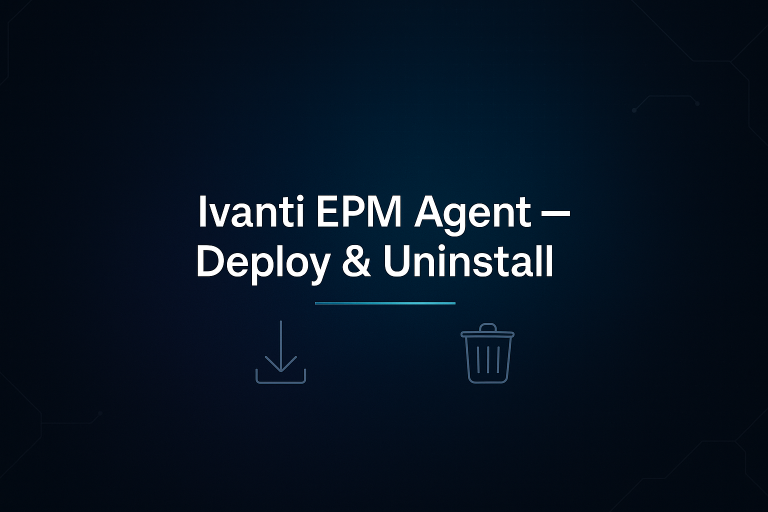
How to install the Ivanti Agent and how to uninstall it
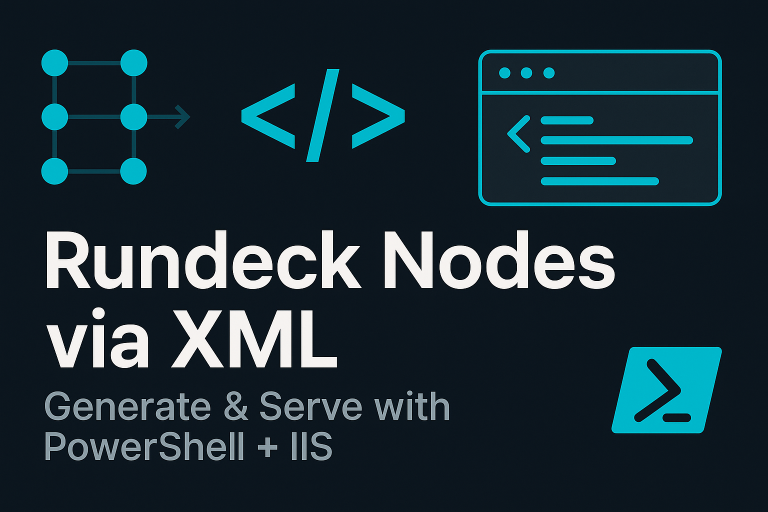
Create an XML file for Rundeck node definitions based on Ivanti Inventory data
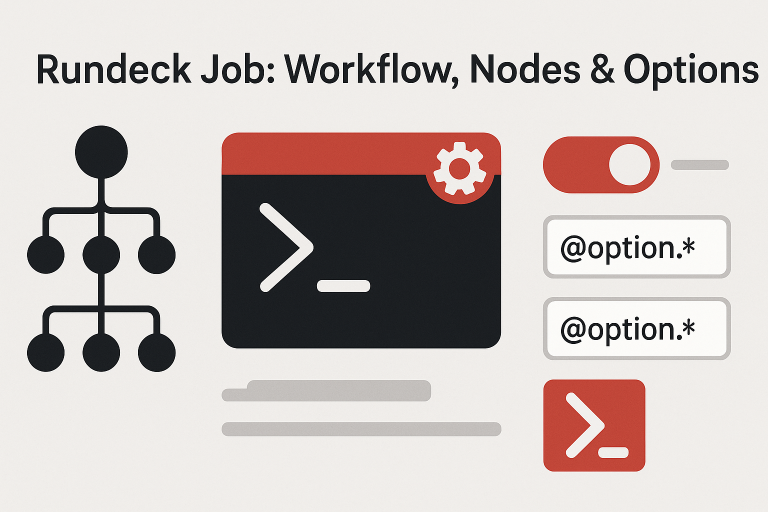
Create a Rundeck job, define the workflow, target nodes, add options, and run PowerShell across hosts with parallel, reliable execution.
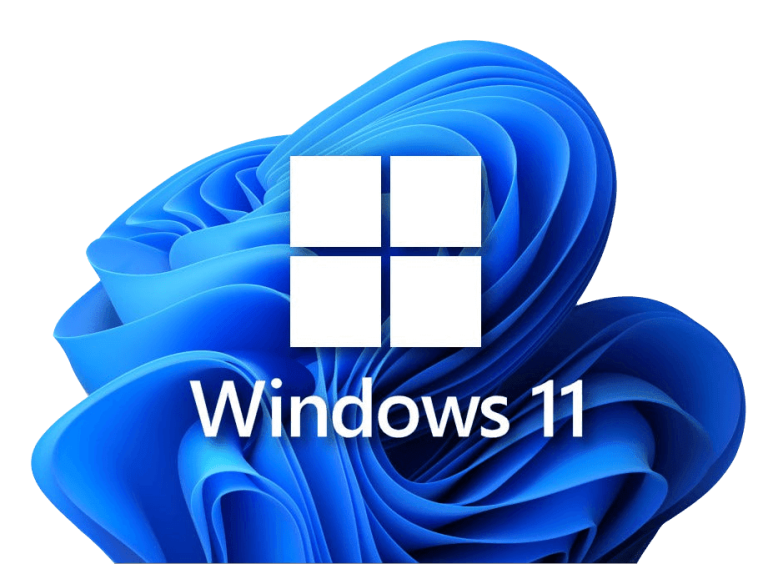
Comprehensive guide on deploying Windows 10 using SCCM, covering SCCM configuration, WDS and State Migration Point roles, setting up WinPE, managing drivers, creating task sequences, and distributing content.
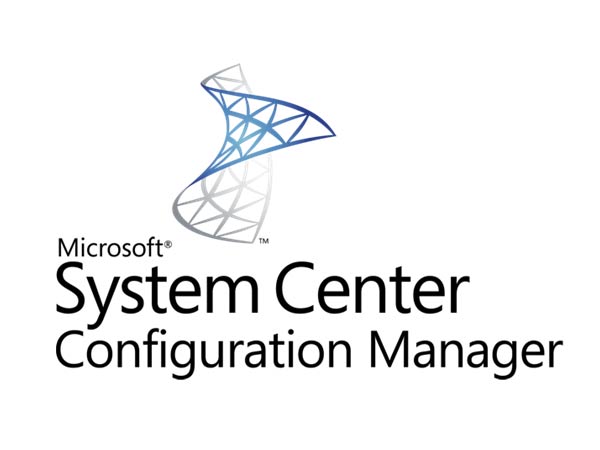
Extend AD schema, create the System Management container with delegation, install/configure SQL and Windows features, deploy the site, set boundaries/discovery, enable client push, add console branding
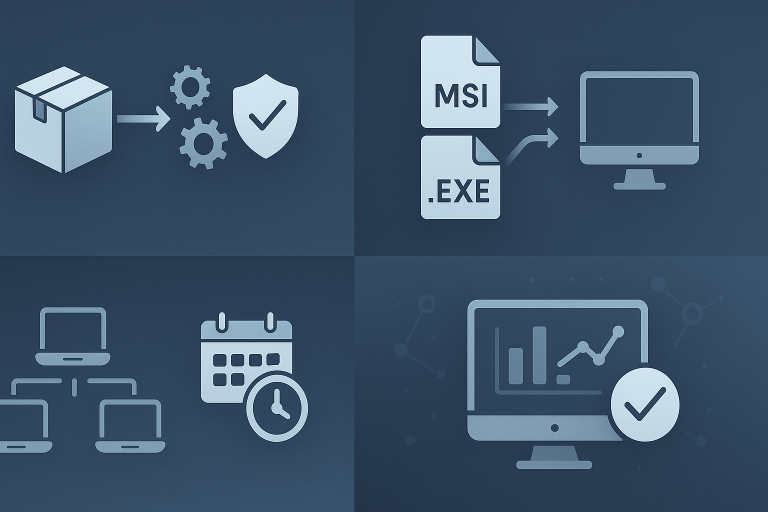
How to deploy applications using SCCM. Create and configure applications, manage deployment types, set up distribution points, and create collections
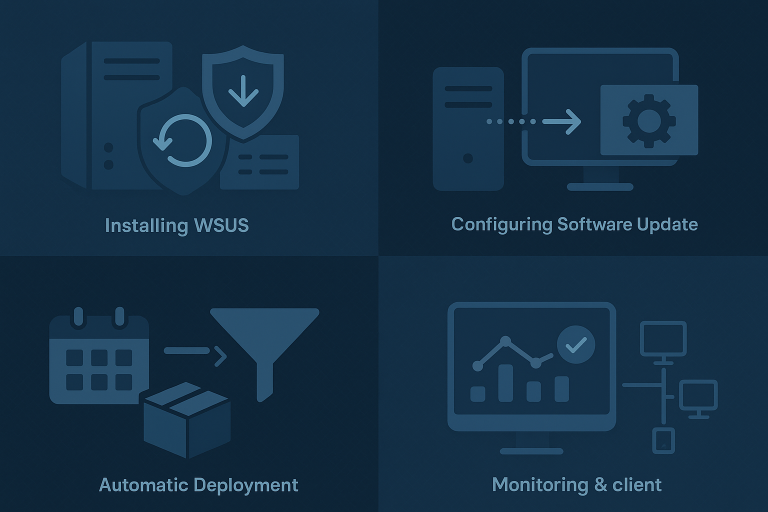
Installing the WSUS and SCCM roles for software update management.

Learn how to configure Asset Intelligence in SCCM 2012. This guide covers updating the Asset Intelligence certificate, installing the synchronization role, enabling inventory classes, and setting up software auditing to help you manage software licenses effectively.
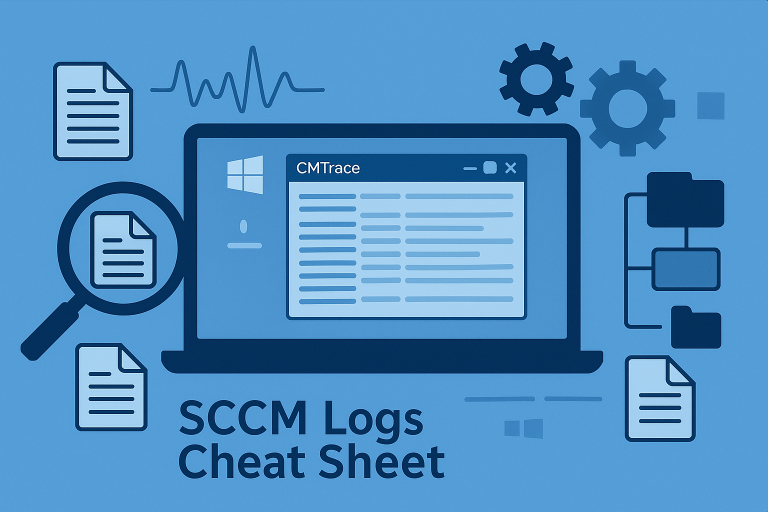
SCCM log cheat sheet: where to find key OSD/app/update/DP logs, how to read them with CMTrace/Trace64, plus quick triage tips.
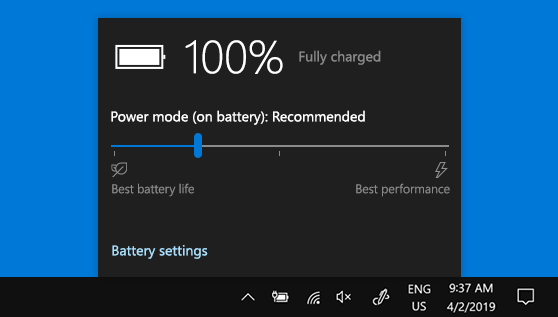
Enable and configure power management in SCCM.
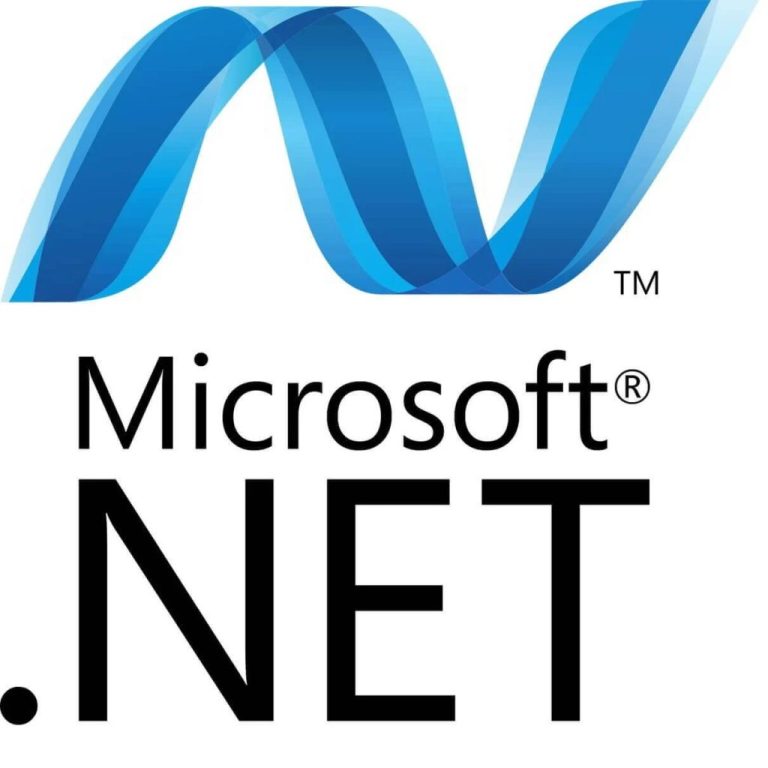
How to install .NET Framework 3.5.1 during MDT deployments without an internet connection
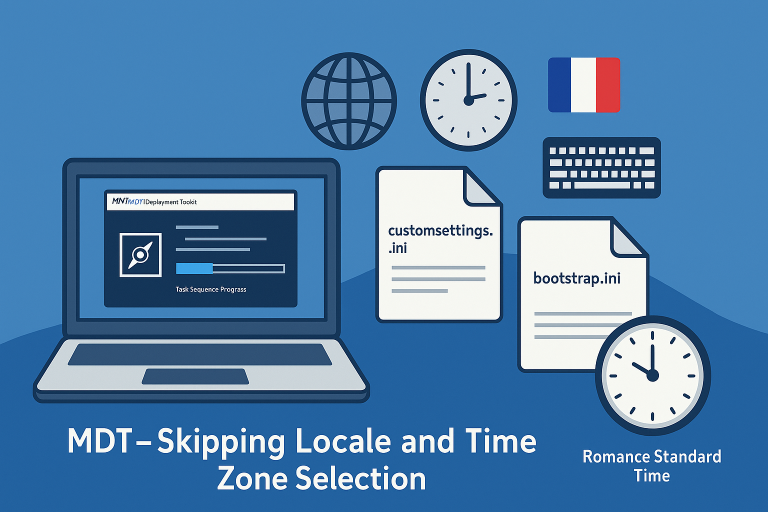
How to skip locale and time zone selection by configuring the customsettings.ini file.
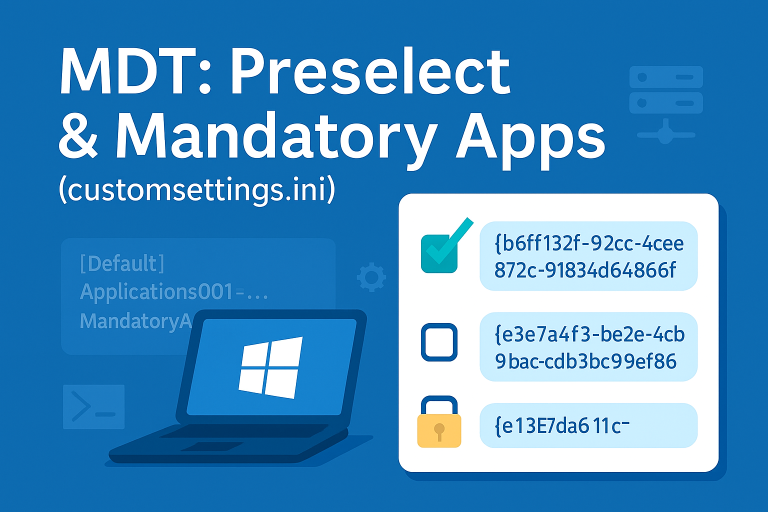
How to pre-select or make applications mandatory in MDT by configuring the customsettings.ini file.
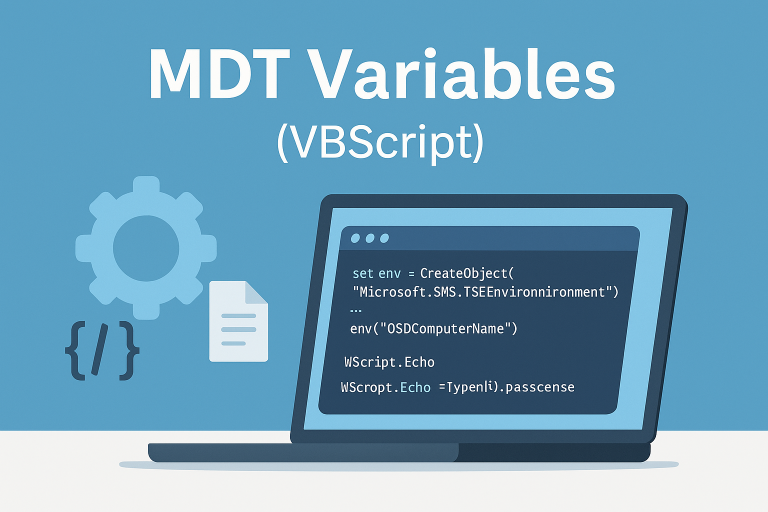
Read and modify MDT variables using VBScript.
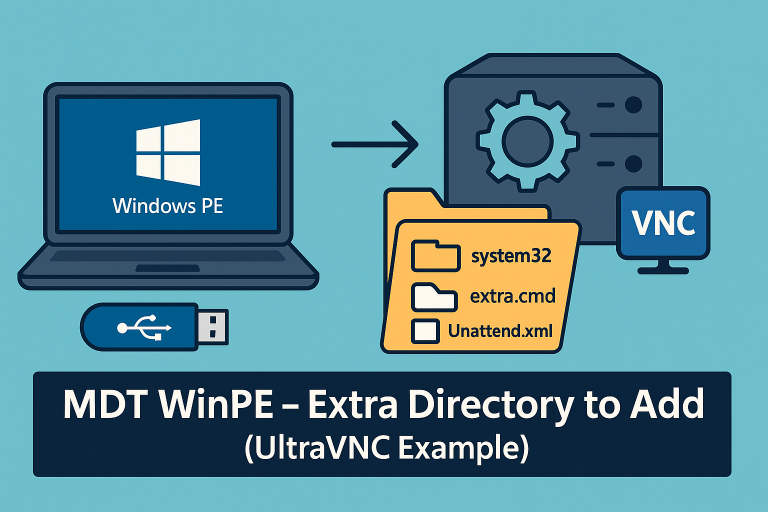
Learn how to add custom tools to WinPE images
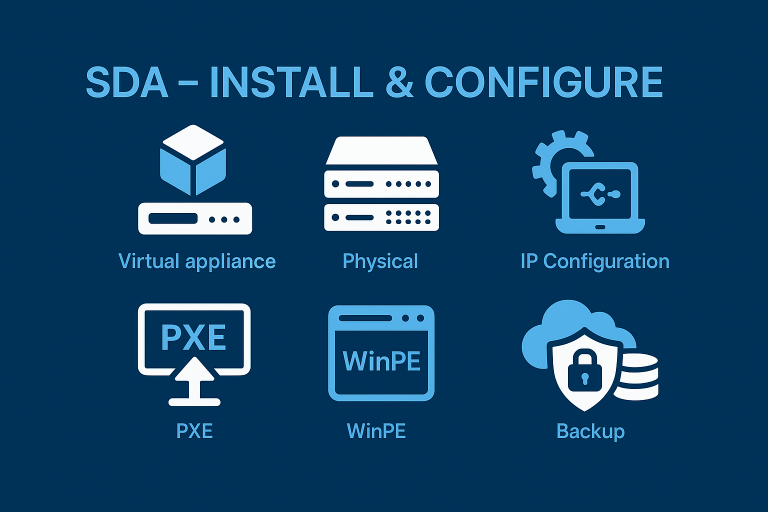
Setting and configuring both virtual and physical SDA appliances.
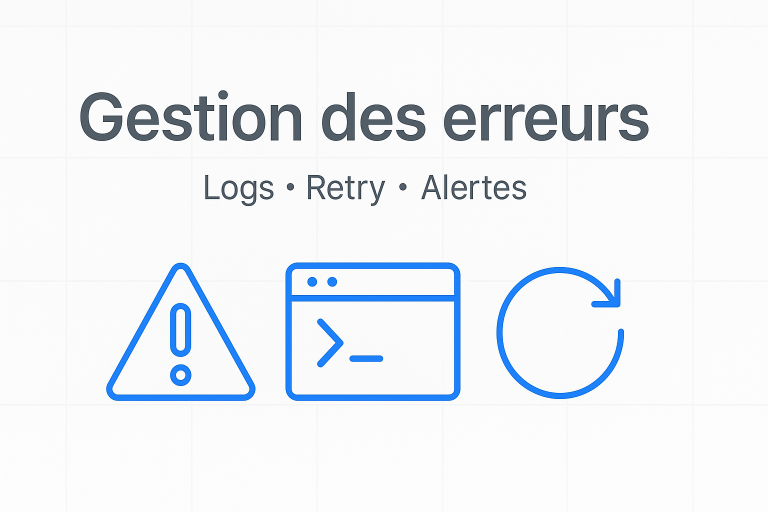
Error while deleting a scheduled task
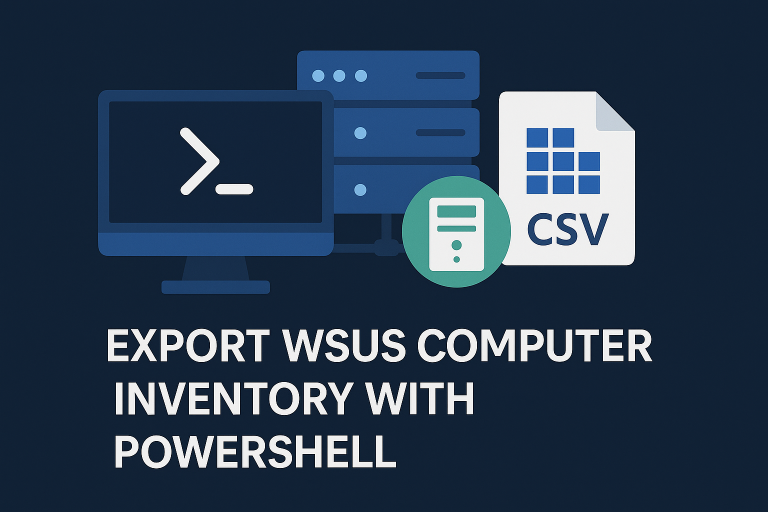
Export WSUS computer inventory with PowerShell: filter stale clients, group by target, and save to CSV/JSON.
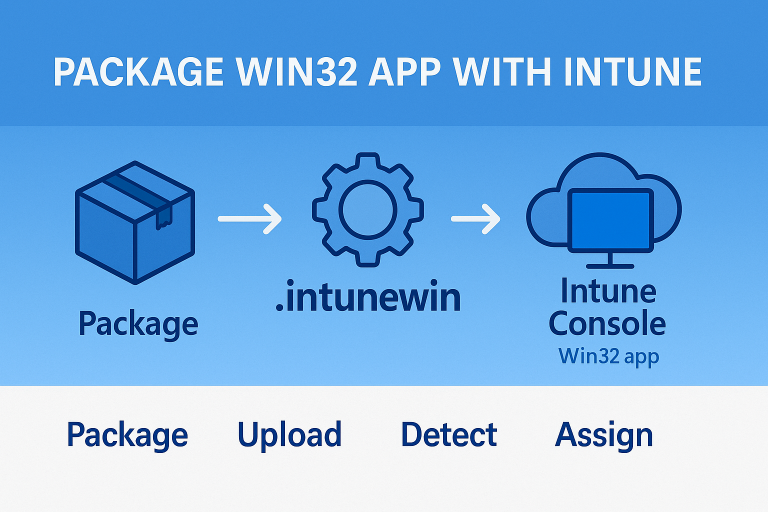
Process of deploying an EXE installer with Microsoft Intune. This guide covers using IntuneWinAppUtil
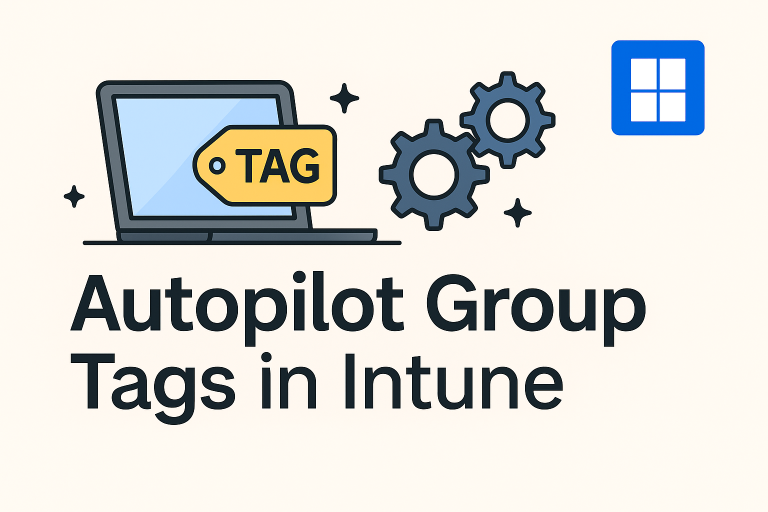
TAG-based groups for Autopilot devices in Microsoft Intune.
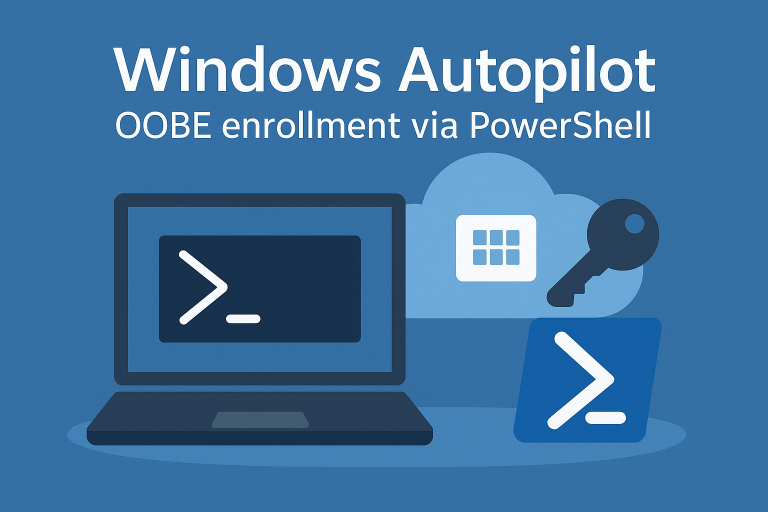
Importing Autopilot devices into Microsoft Intune using PowerShell.

Create a bootable USB drive for Microsoft Deployment Toolkit (MDT) to deploy operating systems.
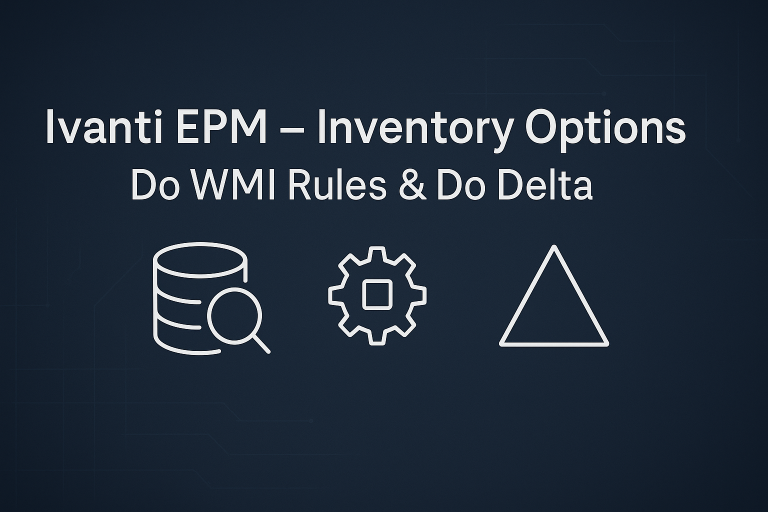
Configure Do WMI Rules and Do Delta option
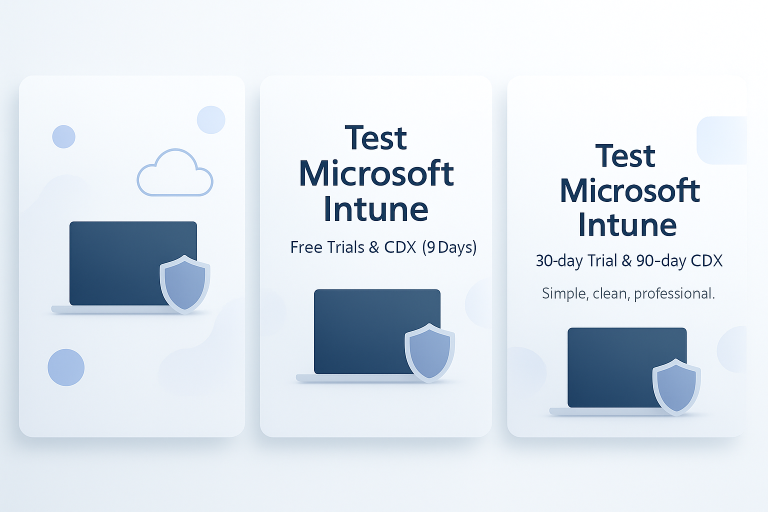
Start your Intune demo: Trial, Dev, or CDX.
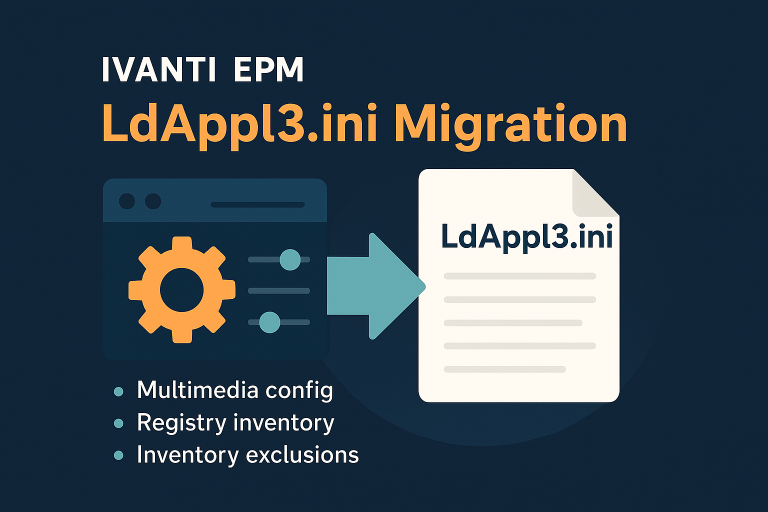
Copy configuration directly in the Ldappl3.ini
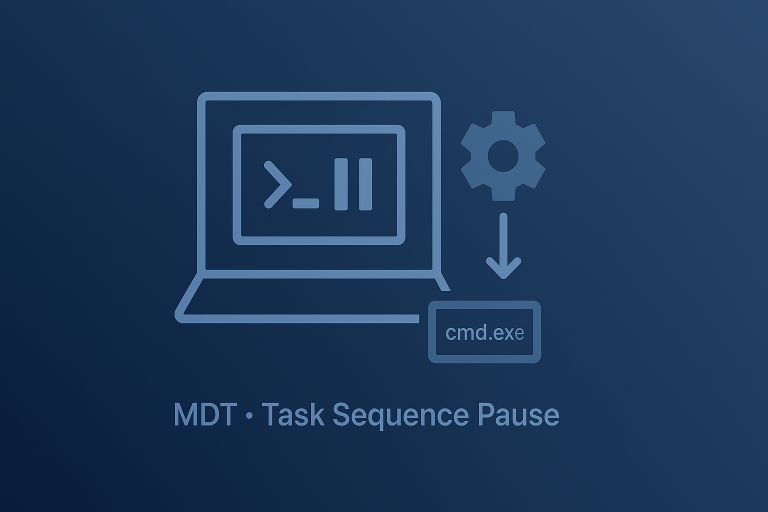
Create a pause within an MDT task sequence using a ‘Command line’ step
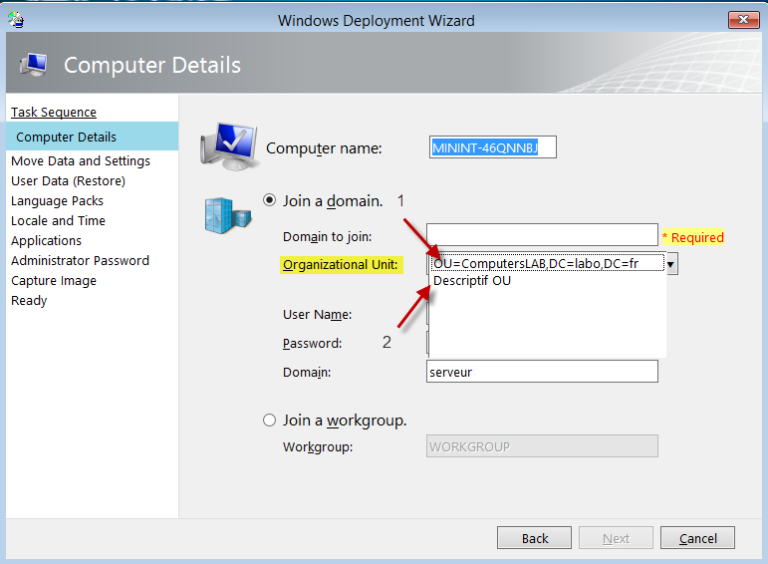
How to display a list of Organizational Units (OUs) during the MDT deployment

Error WebServiceCall during provisionning
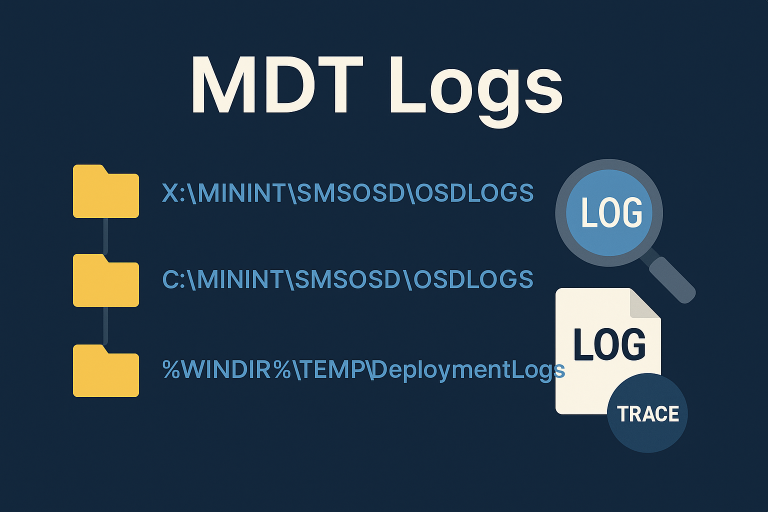
MDT logs, disk partitioning, deployment, domain join, Windows setup, unattend log, task sequencer
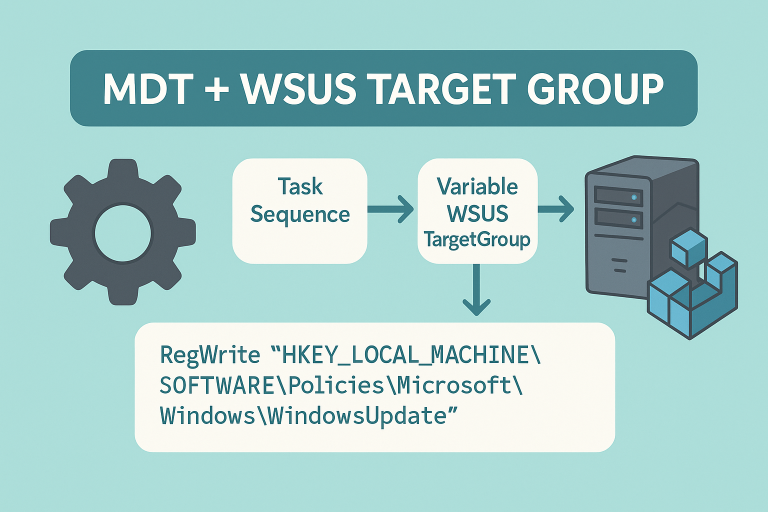
Iintegrating the “TargetGroup” variable with MDT for WSUS.
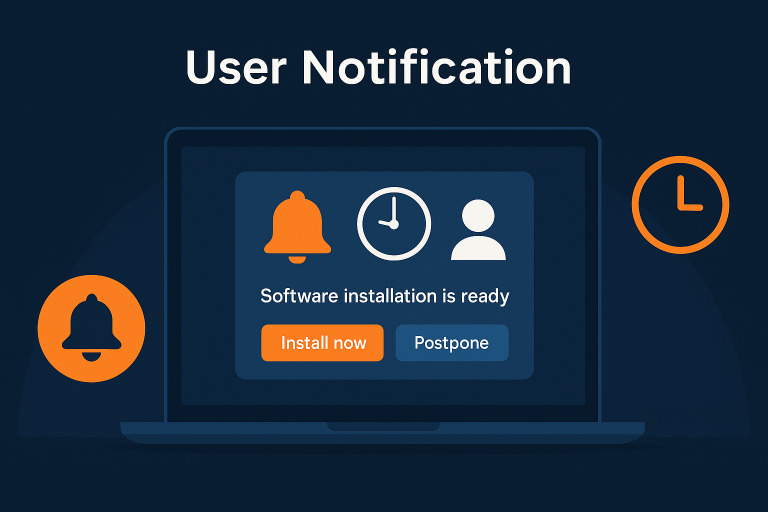
Create a custom notification, for example for an Office 365 deployment
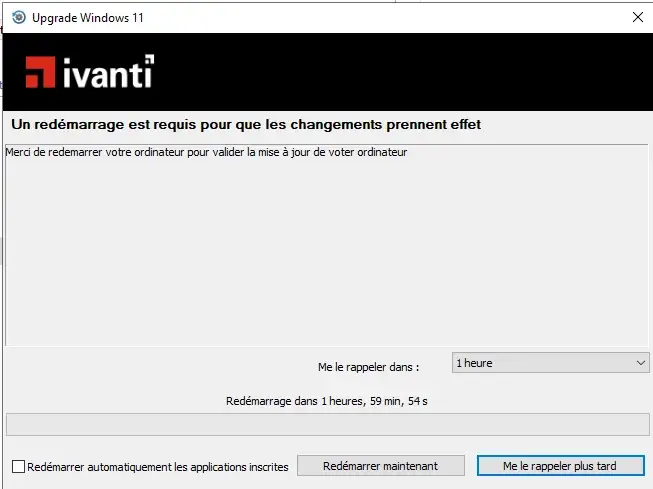
How to Force a Reboot After Software Installation
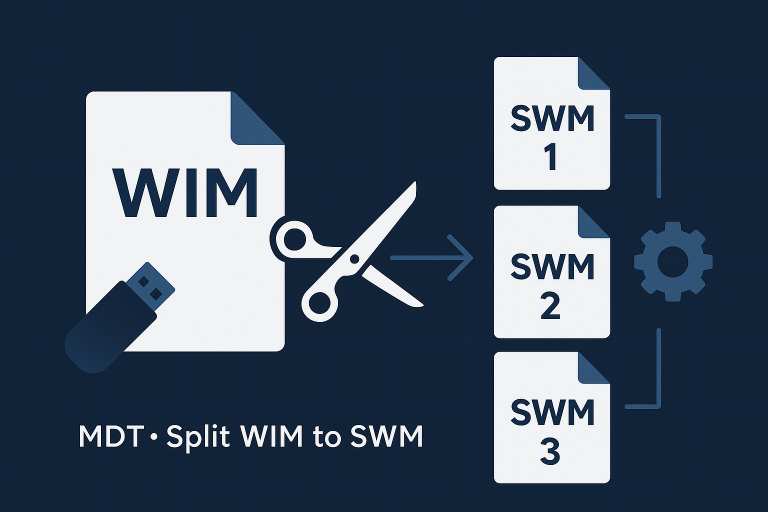
How to split WIM files into SWM format
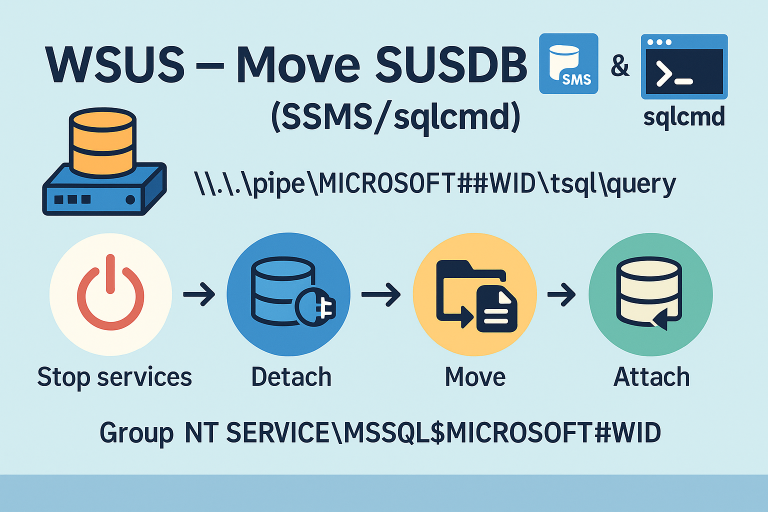
Move the WSUS SUSDB database to another drive using SSMS or sqlcmd: stop services, detach, move files, reattach, and restart.
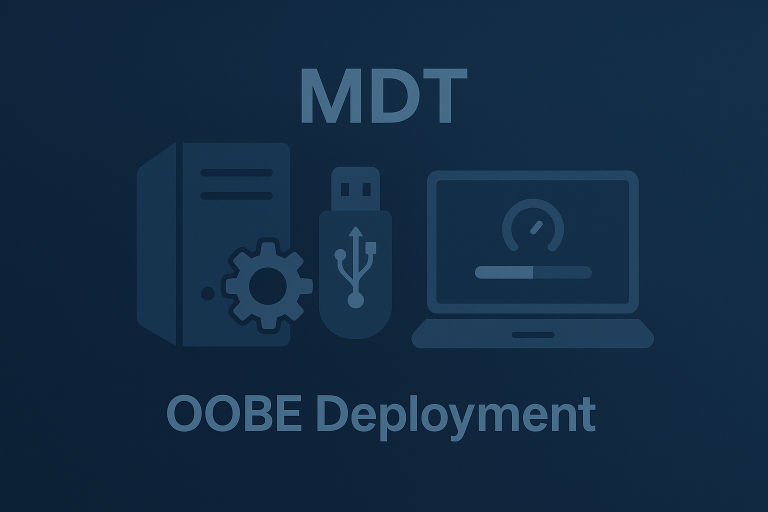
Windows 11 in OOBE mode using the Microsoft Deployment Toolkit (MDT)
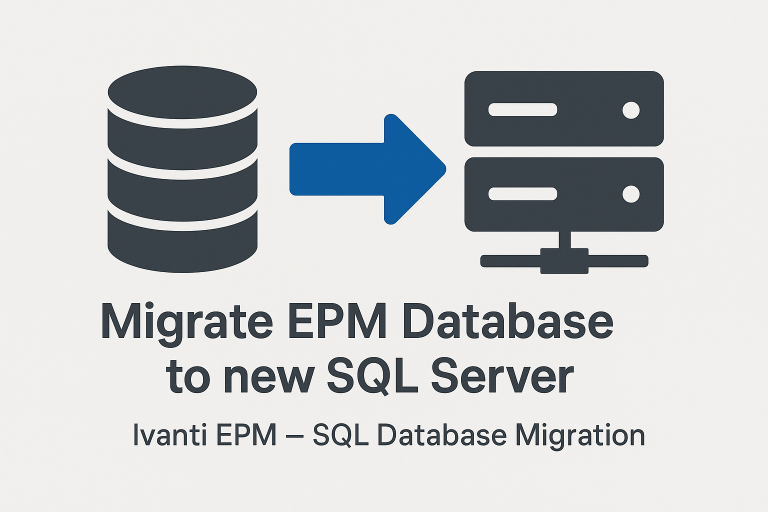
How to Migrate a Database to Another SQL Server
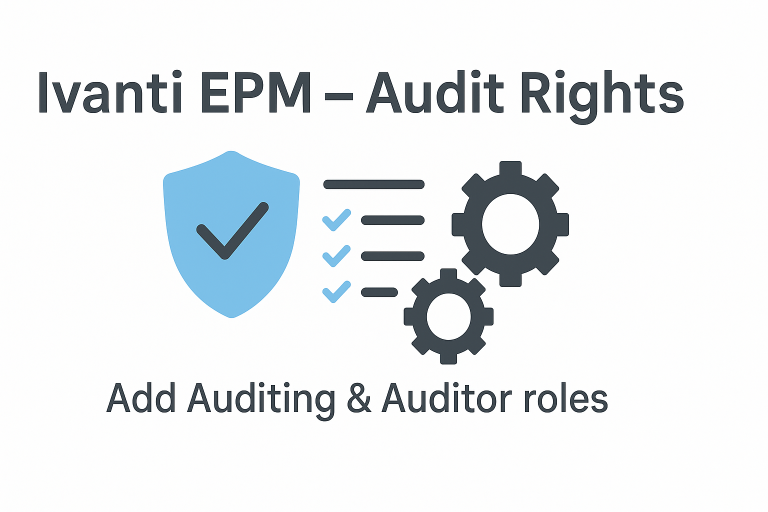
Often Forgotten: How to Enable Audits
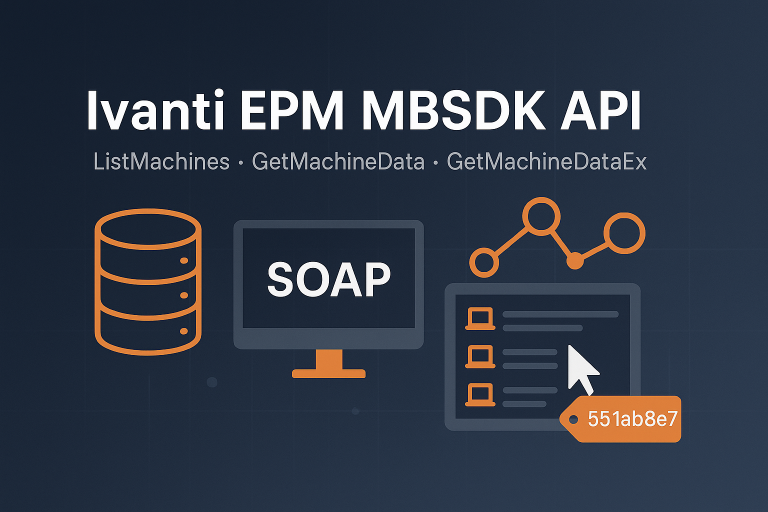
use GetMachineData and GetMachineDataEx
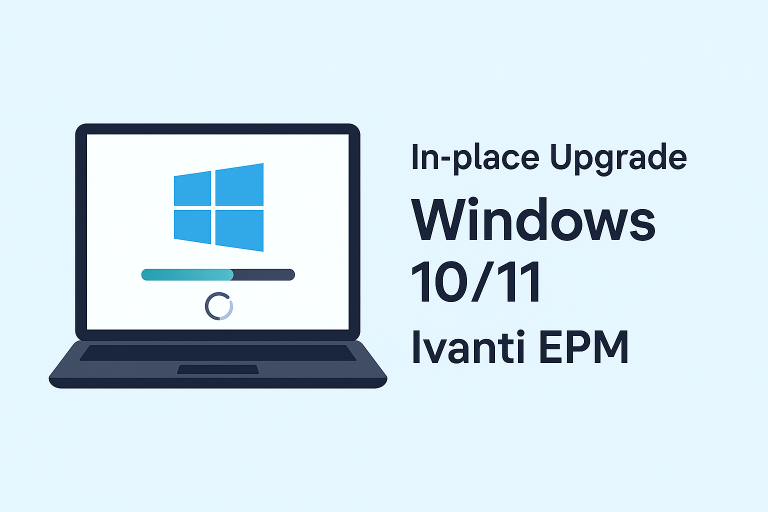
Custom Windows 10/11 migration with scripts, multilingual ISOs, and controlled deployments through Endpoint Manager.
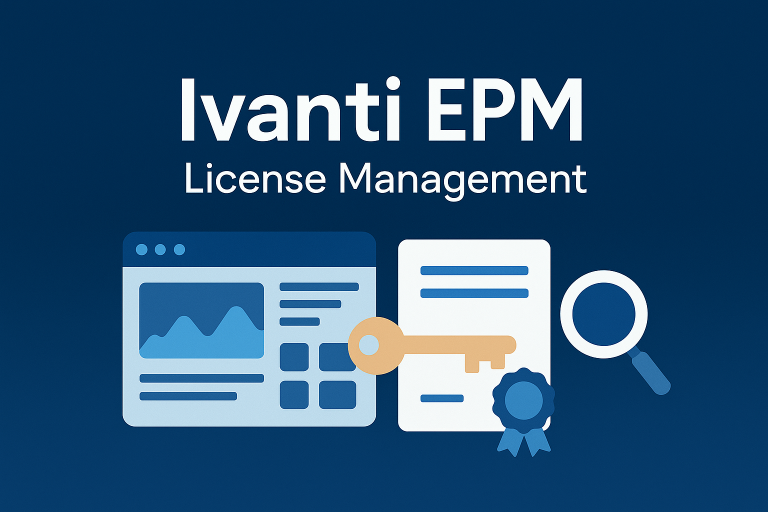
Learn how to search applications, manage licenses, and configure automatic uninstall in LANDESK
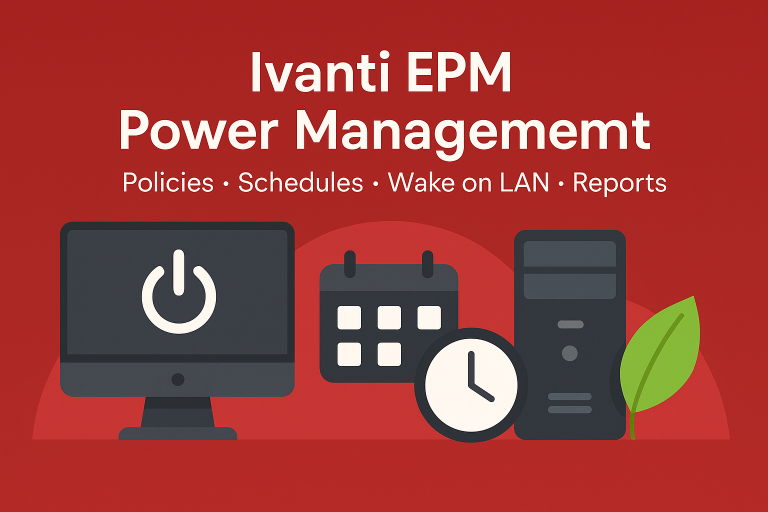
Learn how to create, deploy, and manage power policies in LANDesk, including troubleshooting and reporting.
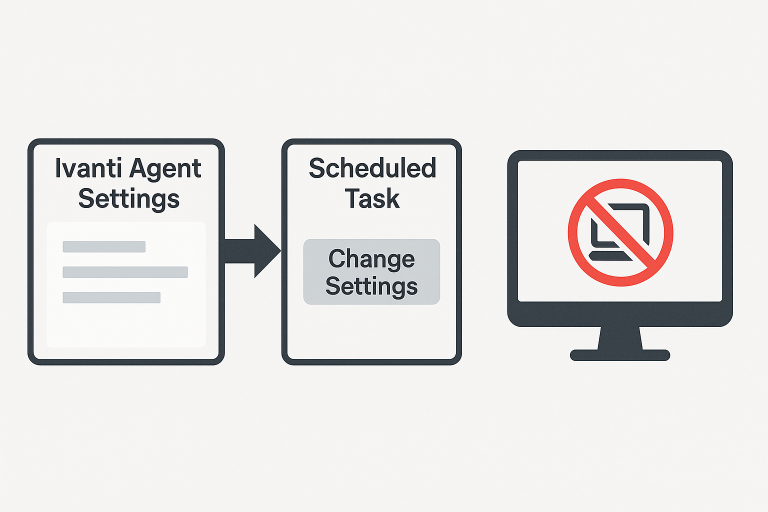
how to temporarily disable remote control authorization on devices
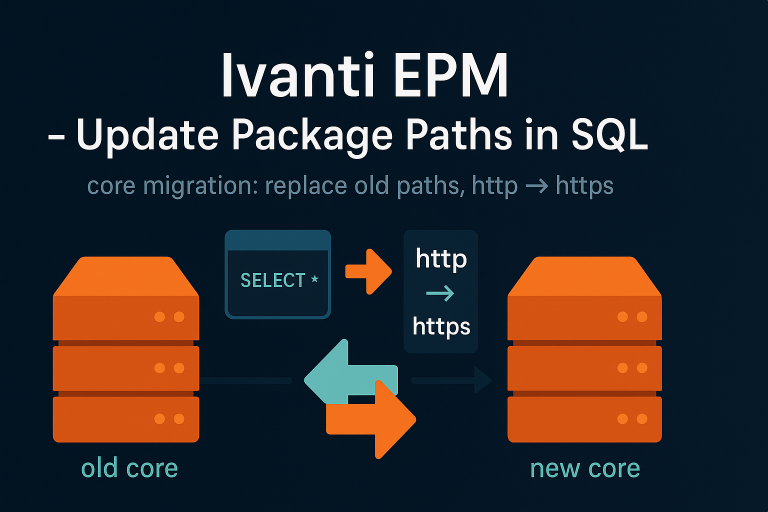
Update EPM package paths in SQL after core migration (server name changes, HTTP to HTTPS). Backup required.
EPM tools DbRepair, to repair your EPM database
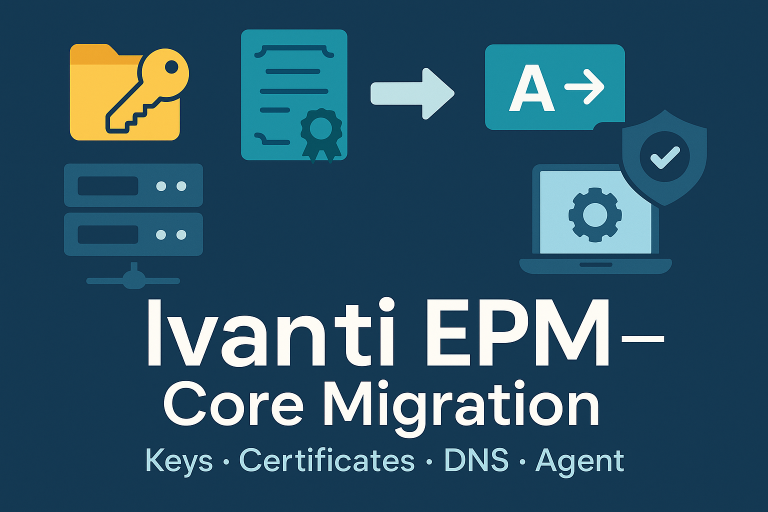
Copy certificate file to new core server
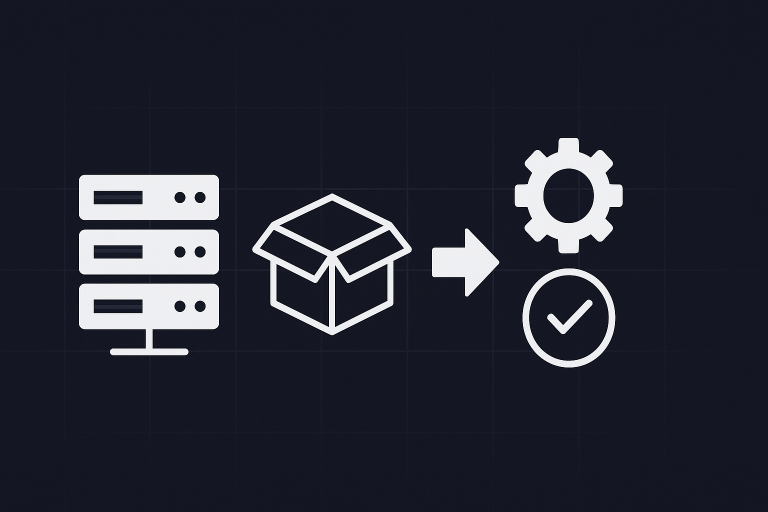
Guide details configuring and deploying software packages
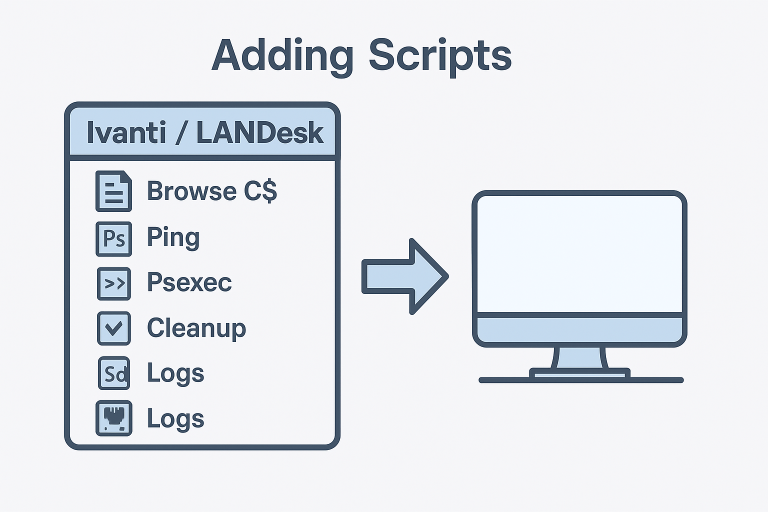
Add Scripts Such as Browse C$, Ping, PsExec, and Other Commands to the Console
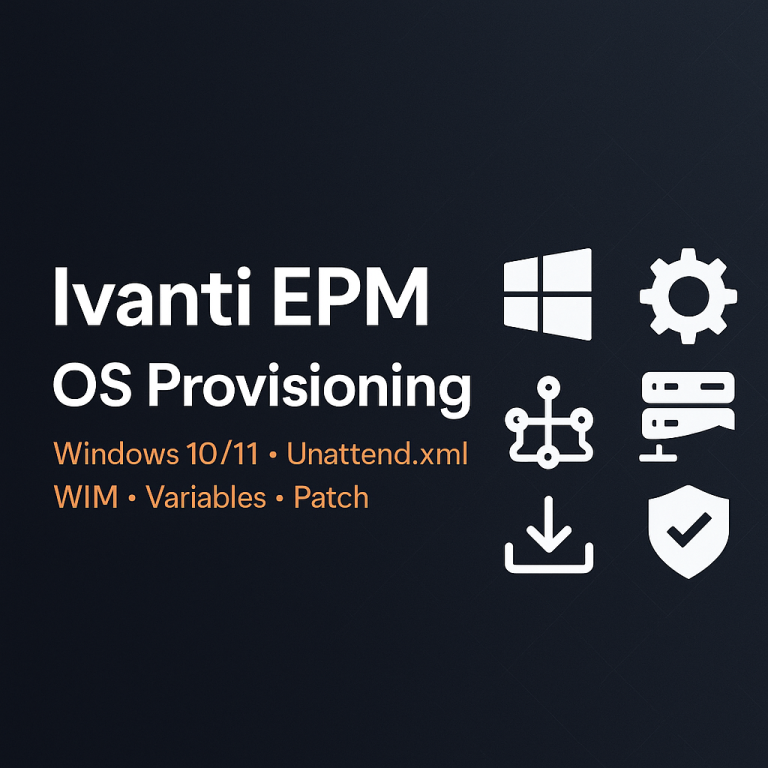
Provisioning Windows with EPM: copy sources, manage unattend.xml, configure variables, create provisioning tasks, and optionally integrate patch management.
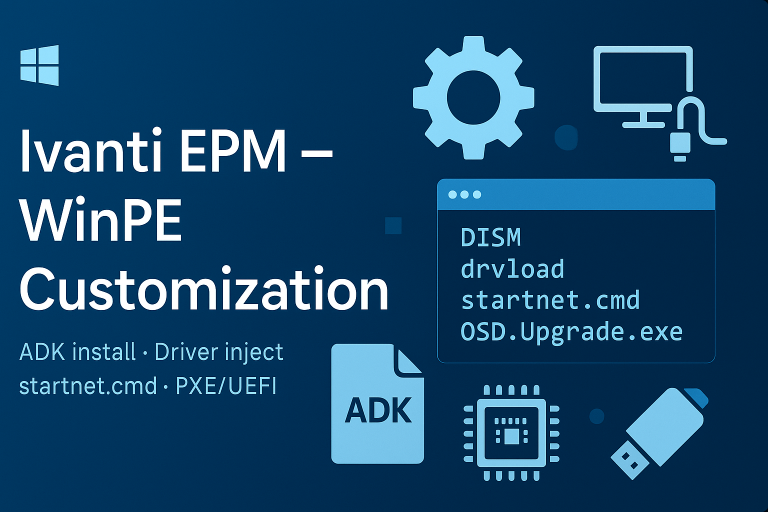
WinPE with scripts: backup WIM, add drivers, create ISO, configure PXE/vboot, ADK setup.
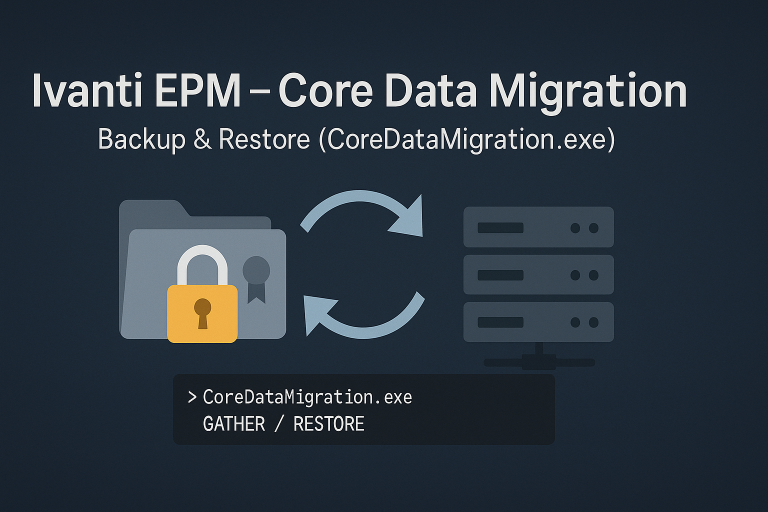
Backup and restore EPM core settings with CoreDataMigration.exe (certificates, scripts, console layouts, LDAPPL files).
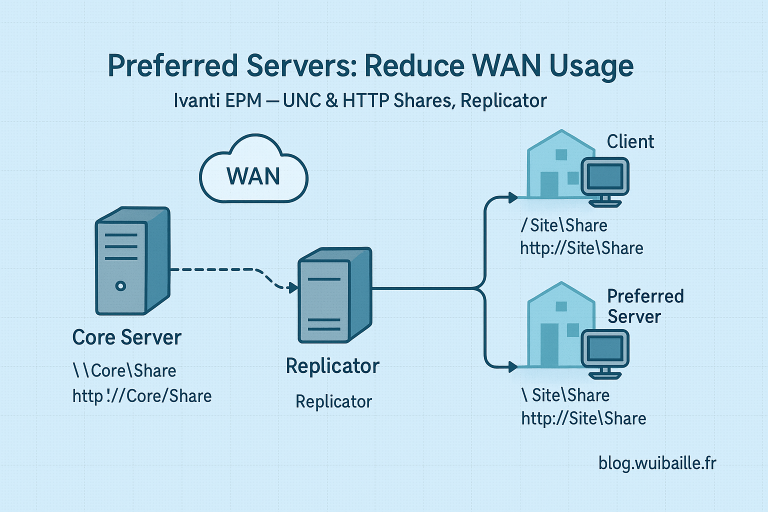
Set up preferred servers in EPM to optimize WAN usage, configure shares, accounts, replication, and server settings.
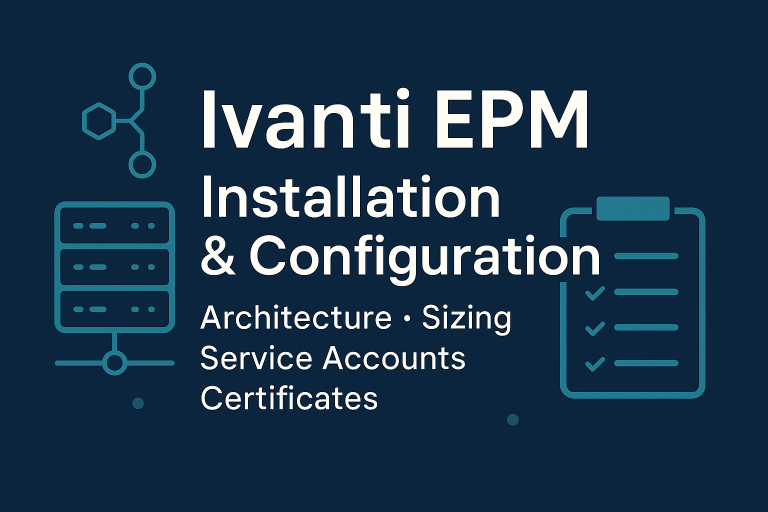
EPM architecture, sizing, service accounts, installation, configuration, certificates, and patch management setup.
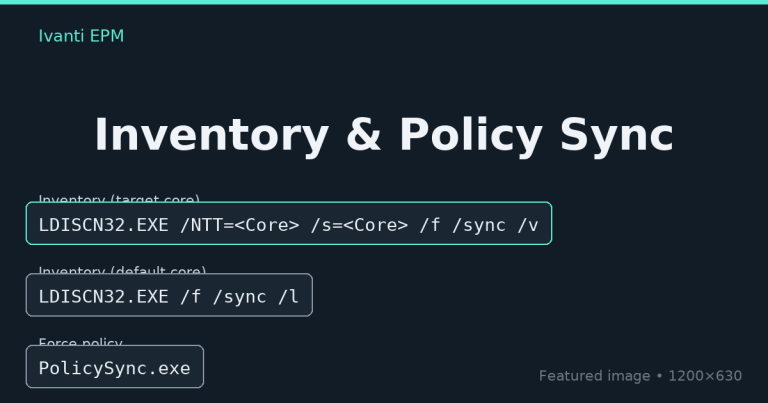
EPM commands to run inventory on core servers and force policy sync.

Fix Error core synchronisation

How fix Error Query Unavailable

How to Fix StrongName Error When Starting the Console

How to Fix Error 4100 in the Event Log
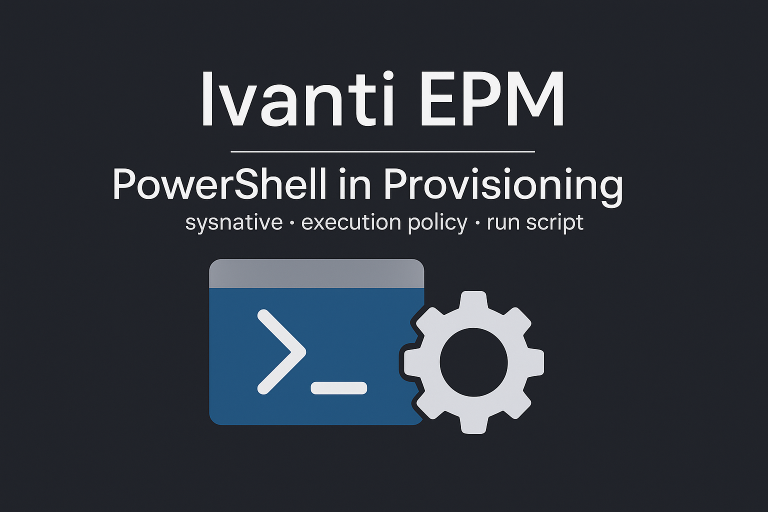
How to use PowerShell commands in a LANDESK provisioning task
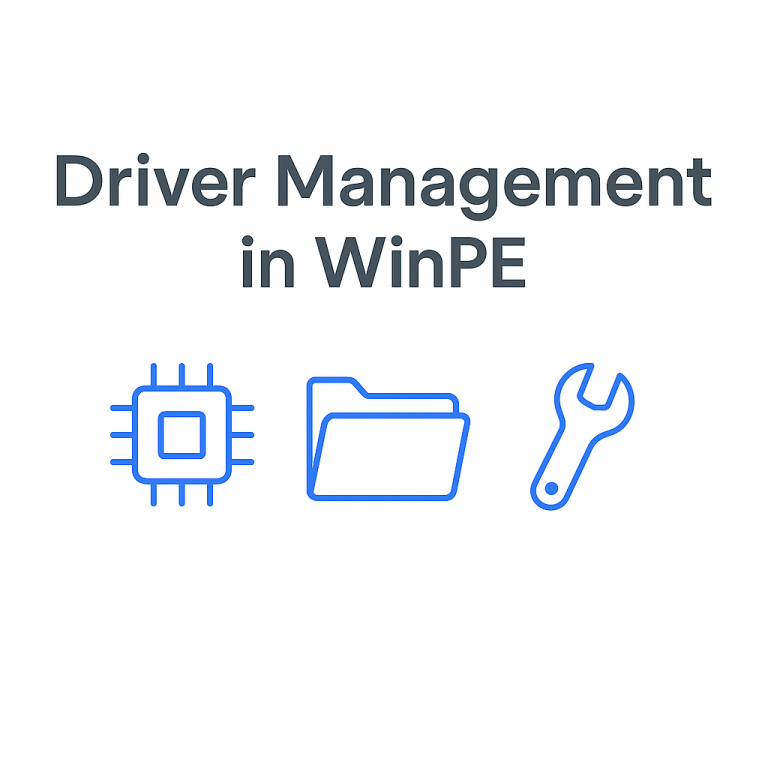
Custom Alternative to Native Driver Management Integrated with Ivanti
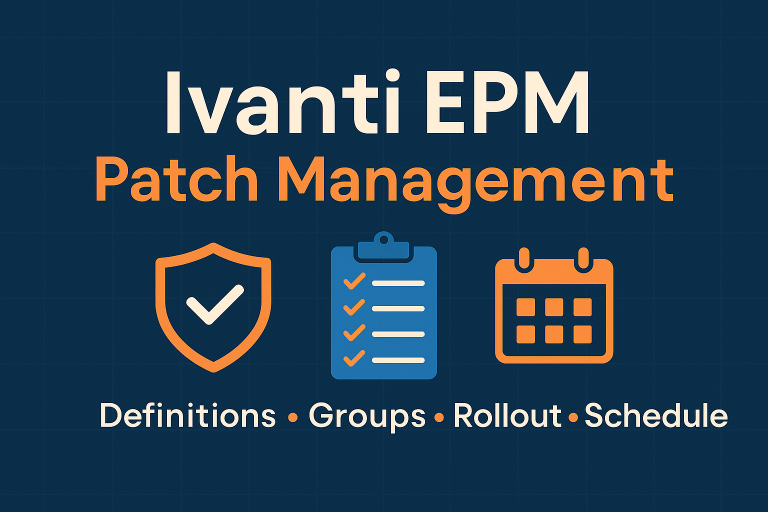
update security bulletins, create groups (_NewPatch, L1, L2), scopes, and rollout projects. Workflow
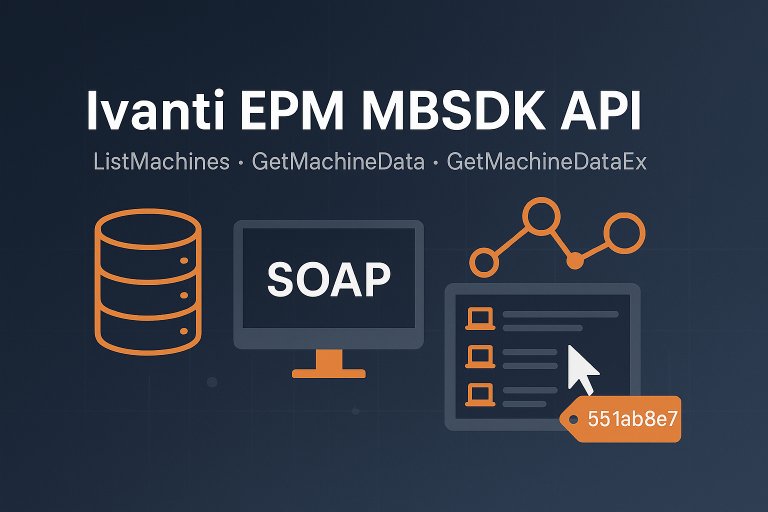
Transform a Query to SQL
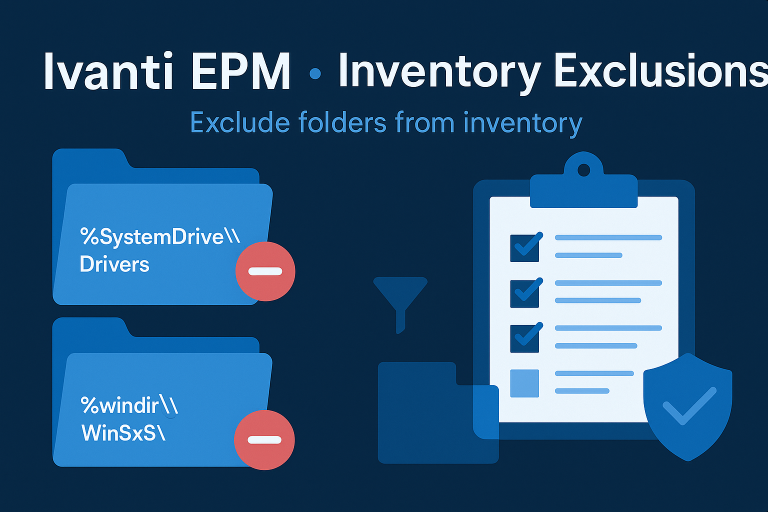
Exclude folders from EPM inventory (e.g. %SystemDrive%\Drivers, %windir%\WinSxS) to cut inventory size
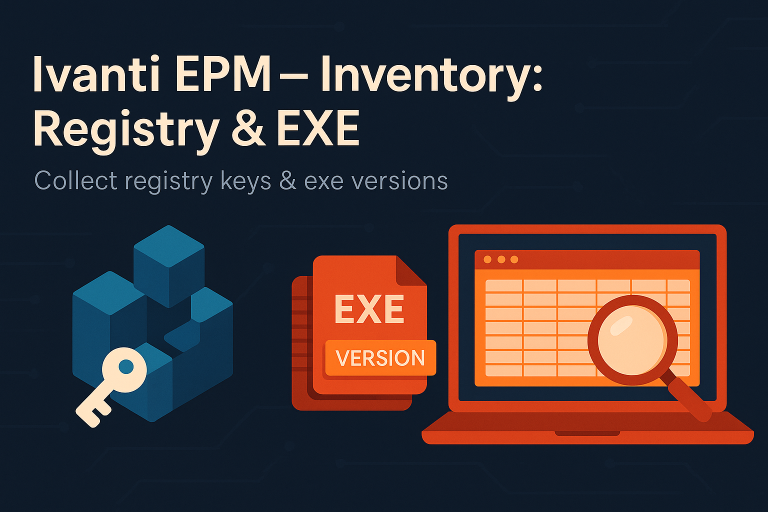
Inventory registry keys in EPM via “Registry Item” . Example with Chrome: use exe path to check real version
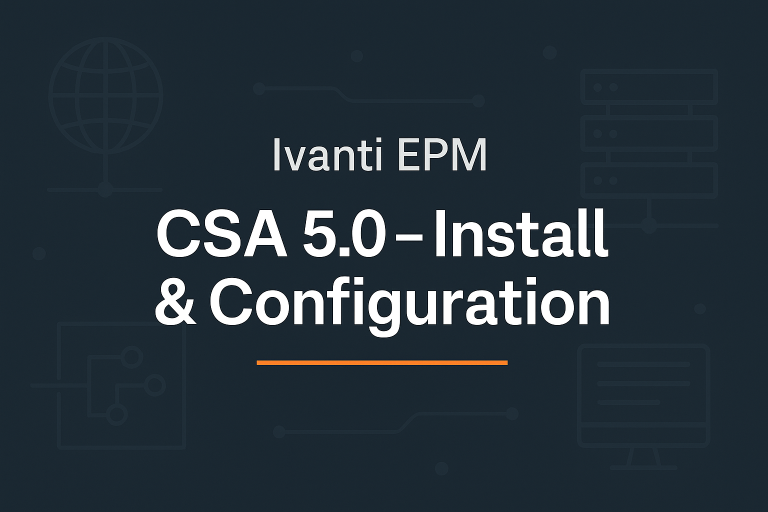
CSA 5.0 setup: install on Oracle/RedHat,

Regex rules: device names (3 chars+L, M/N), IP with 0 in 3rd field. SQL queries: recent inventory, RAM >3200 MB
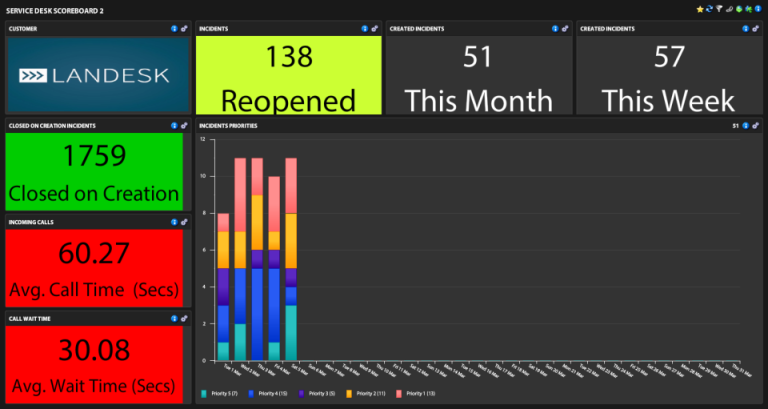
Discover how use of Xtraction. Learn how to create effective dashboards and manage your data

Xtraction: add IIS roles, create SQL DB, install (licenses/datamodel), configure AD auth
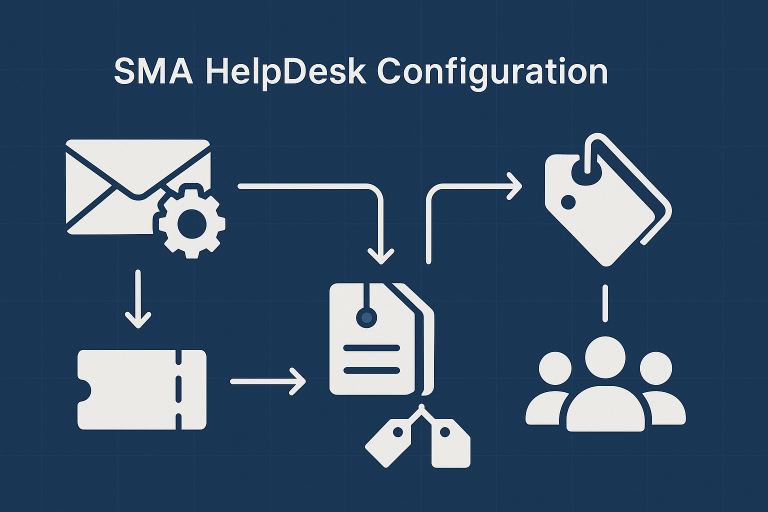
Configuring the KACE SMA HelpDesk module.
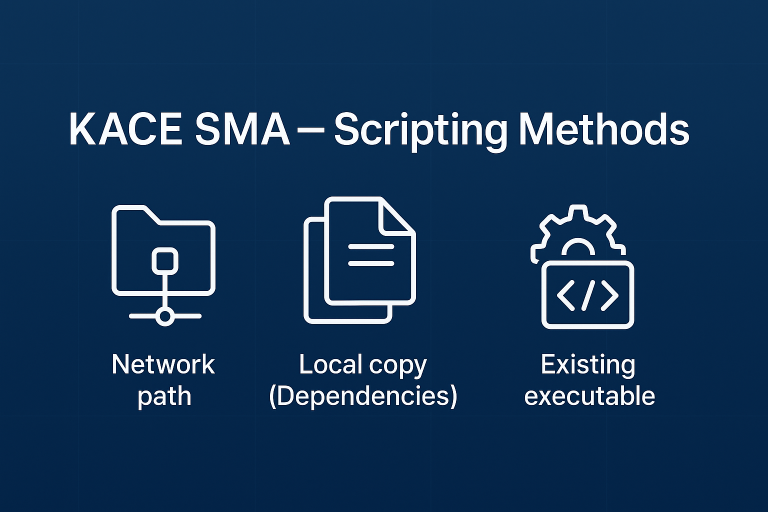
Explores three methods to utilize scripts in SMA,
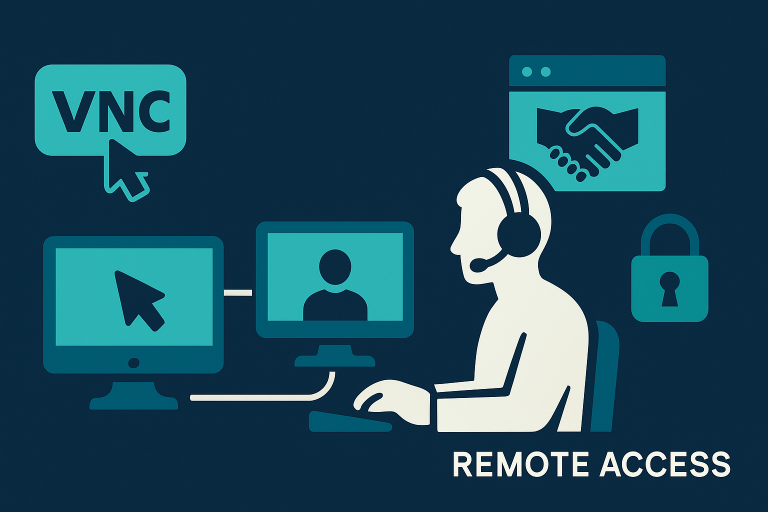
Setting up remote access via UltraVNC and Windows Remote Assistance.
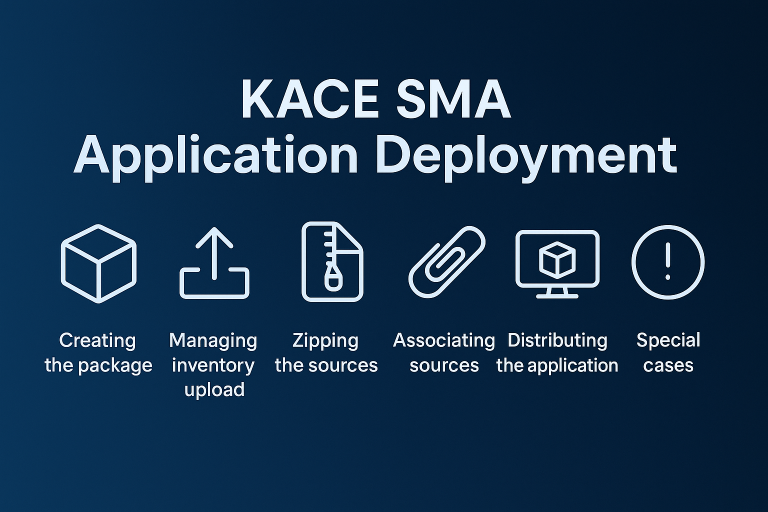
Managing application deployments with KACE SMA
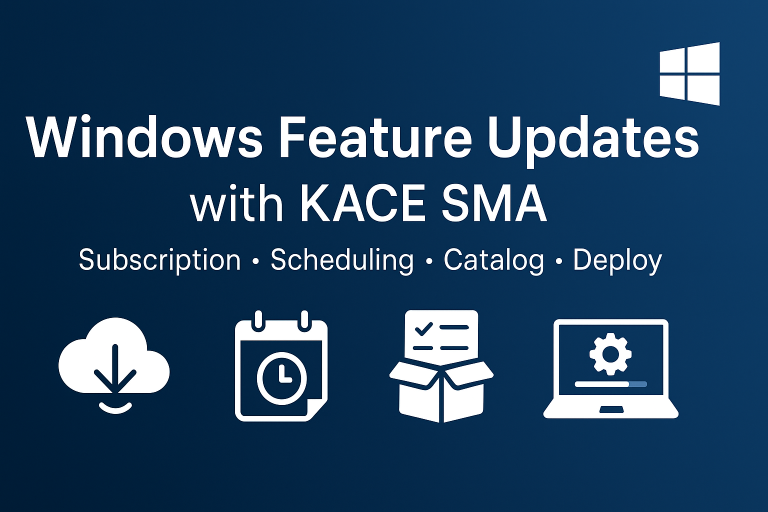
Managing Windows release changes using the KACE Systems Management Appliance (SMA).
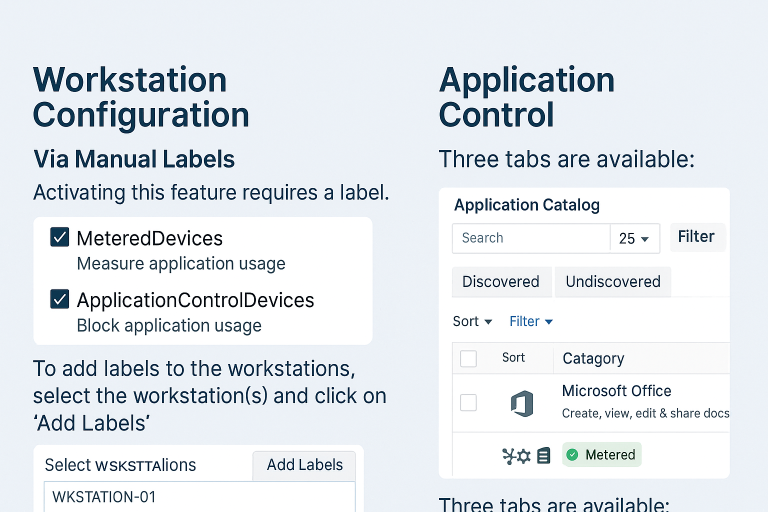
Managing and controlling licenses with KACE Systems Management Appliance (SMA).
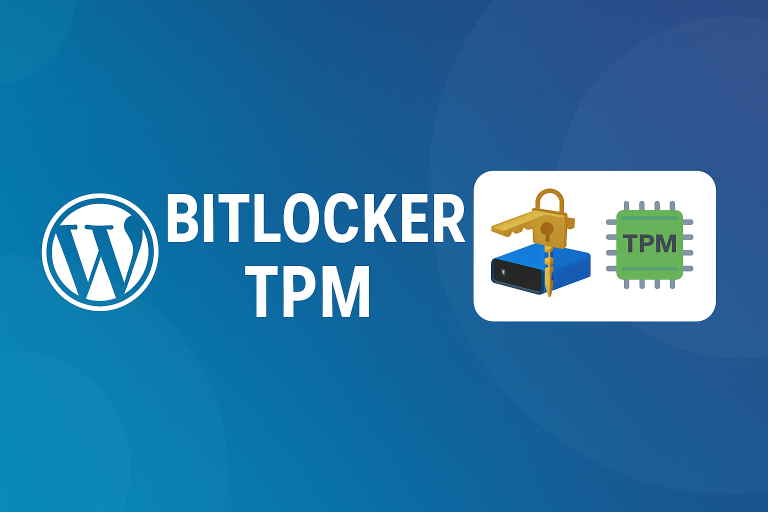
Managing and monitoring the TPM chip and BitLocker encryption status using Systems Management Appliance (SMA).
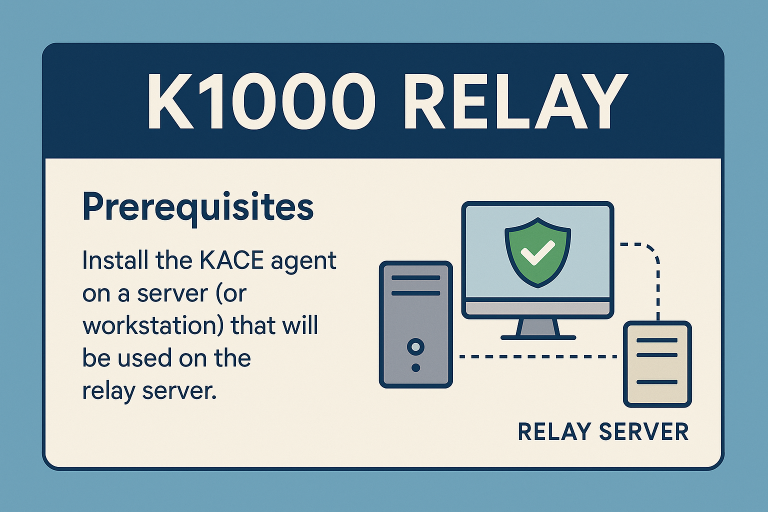
Configuring and installing a remote relay with KACE SMA.
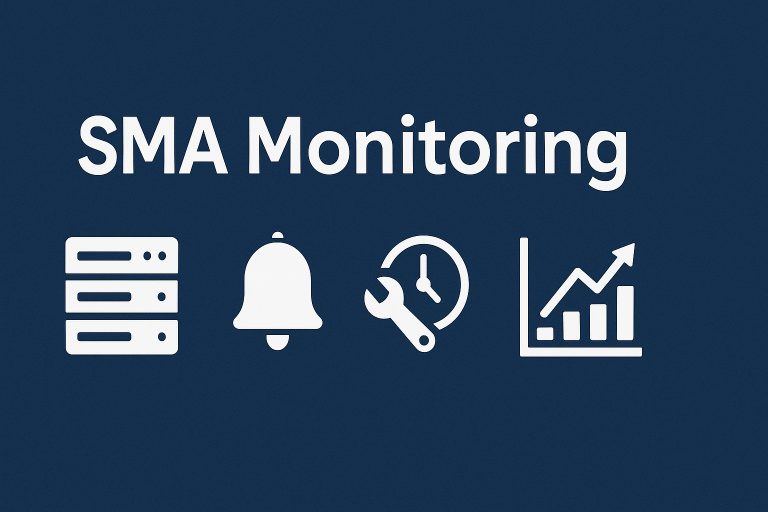
Enabling and configuring server monitoring in Quest SMA.
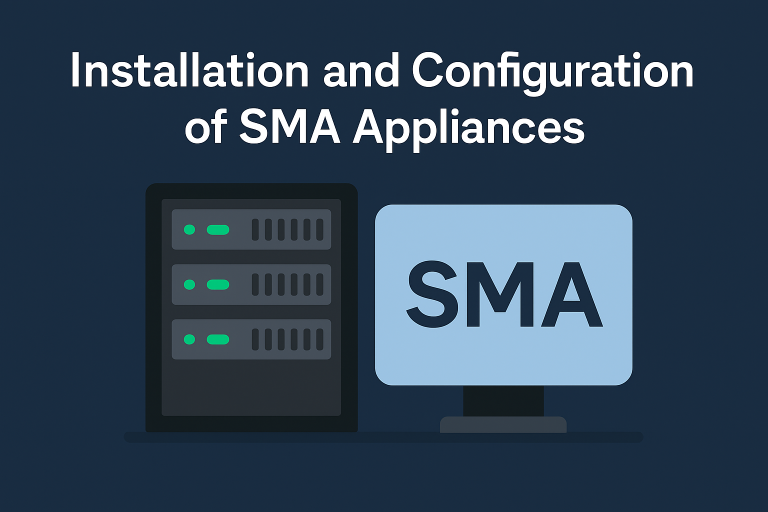
Installing and configuring Quest SMA appliances, including network setup, agent deployment, backup.
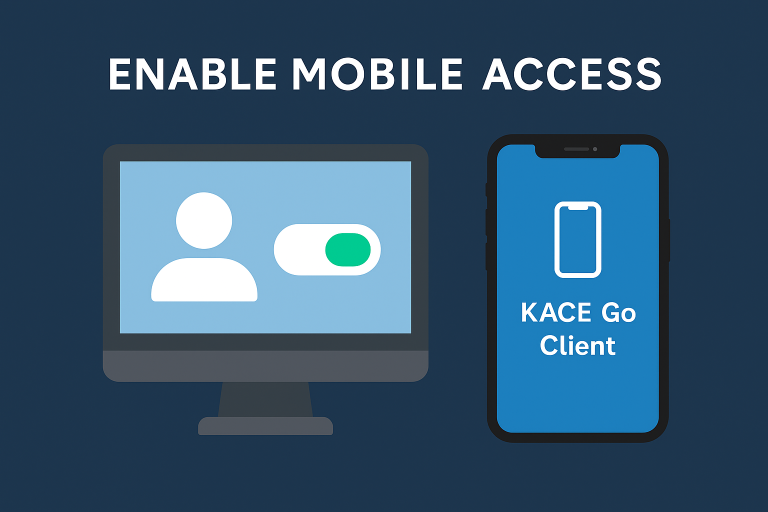
Available at Google Play and the App Store, the free KACE Go Mobile App
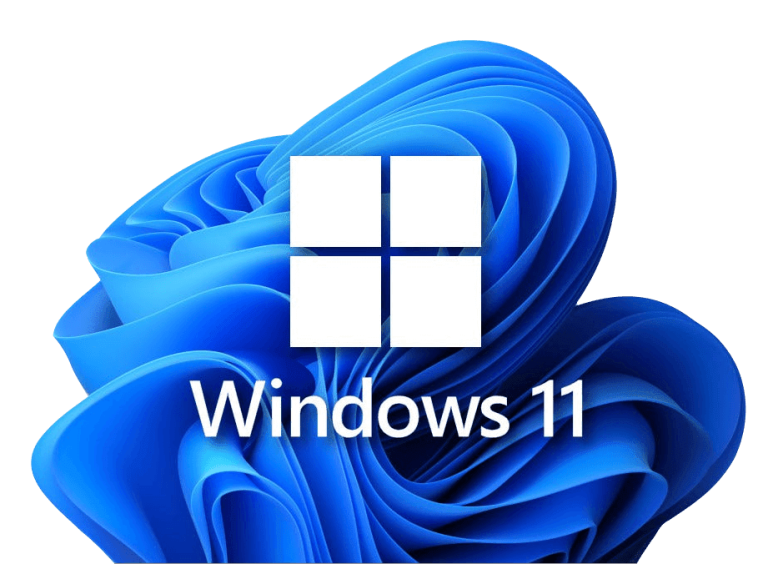
Automated deployment of Windows 11 using QUEST SDA
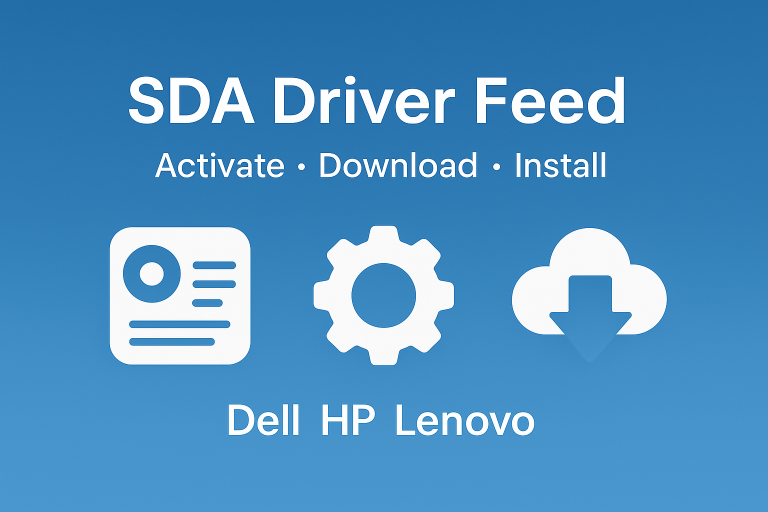
Aactivation, download, and installation of drivers for Dell, HP, and Lenovo systems
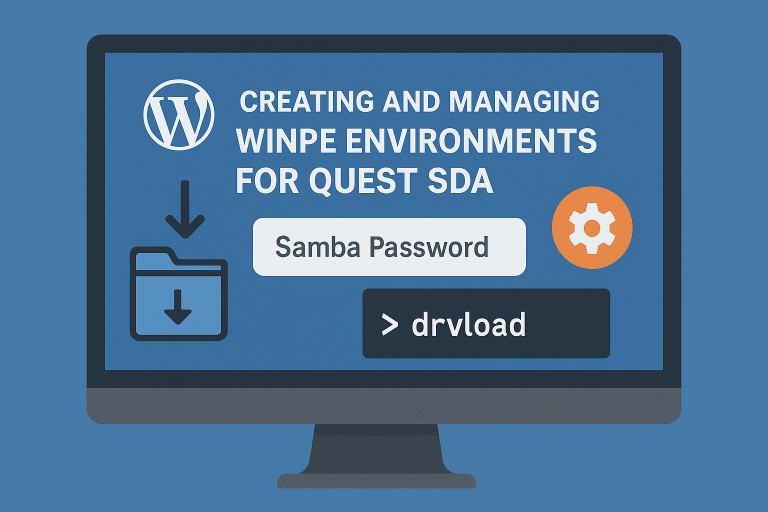
Creating and managing WinPE environments for QUEST SDA.
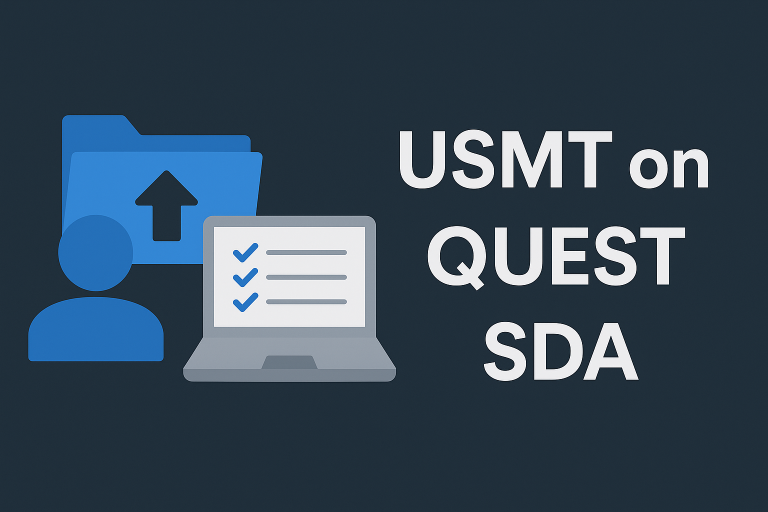
Managing user data backup and restoration with USMT in QUEST SDA.
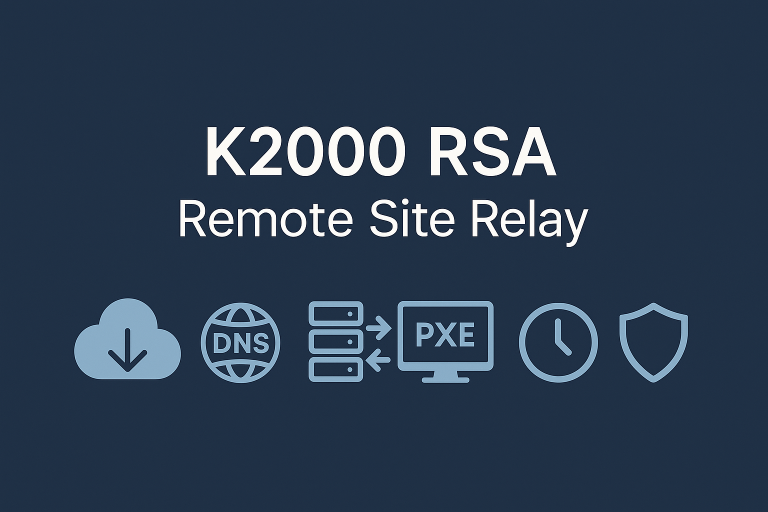
Installation and configuration SDA relay at a remote site.
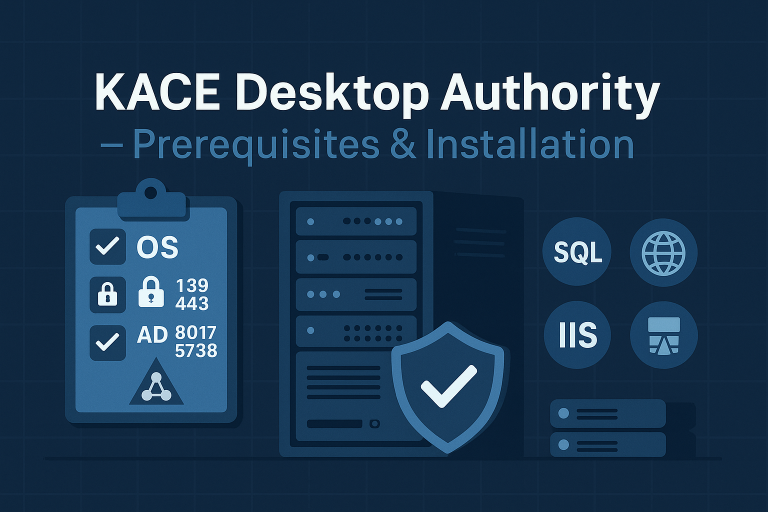
OS support, required ports, AV exclusions, prep AD/SQL, size the host, then install KACE Desktop Authority
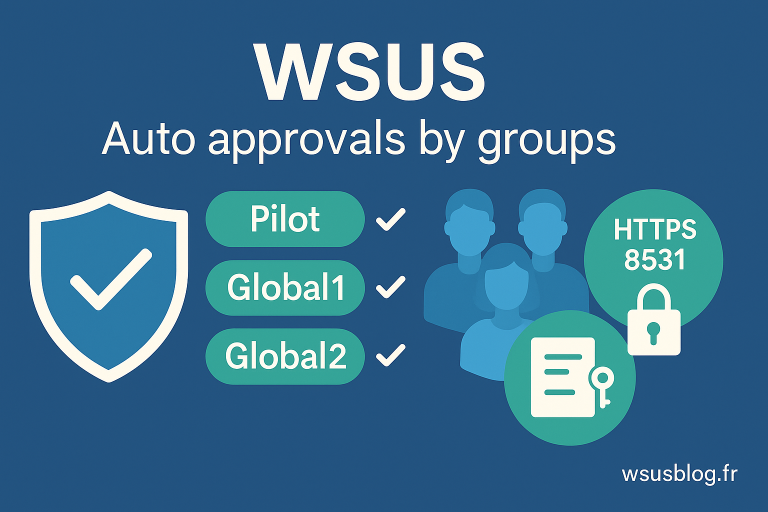
WSUS setup with group-based auto-approvals (Pilot → Global1 → Global2), HTTPS configuration, memory tuning, and client assignment via GPO or registry.